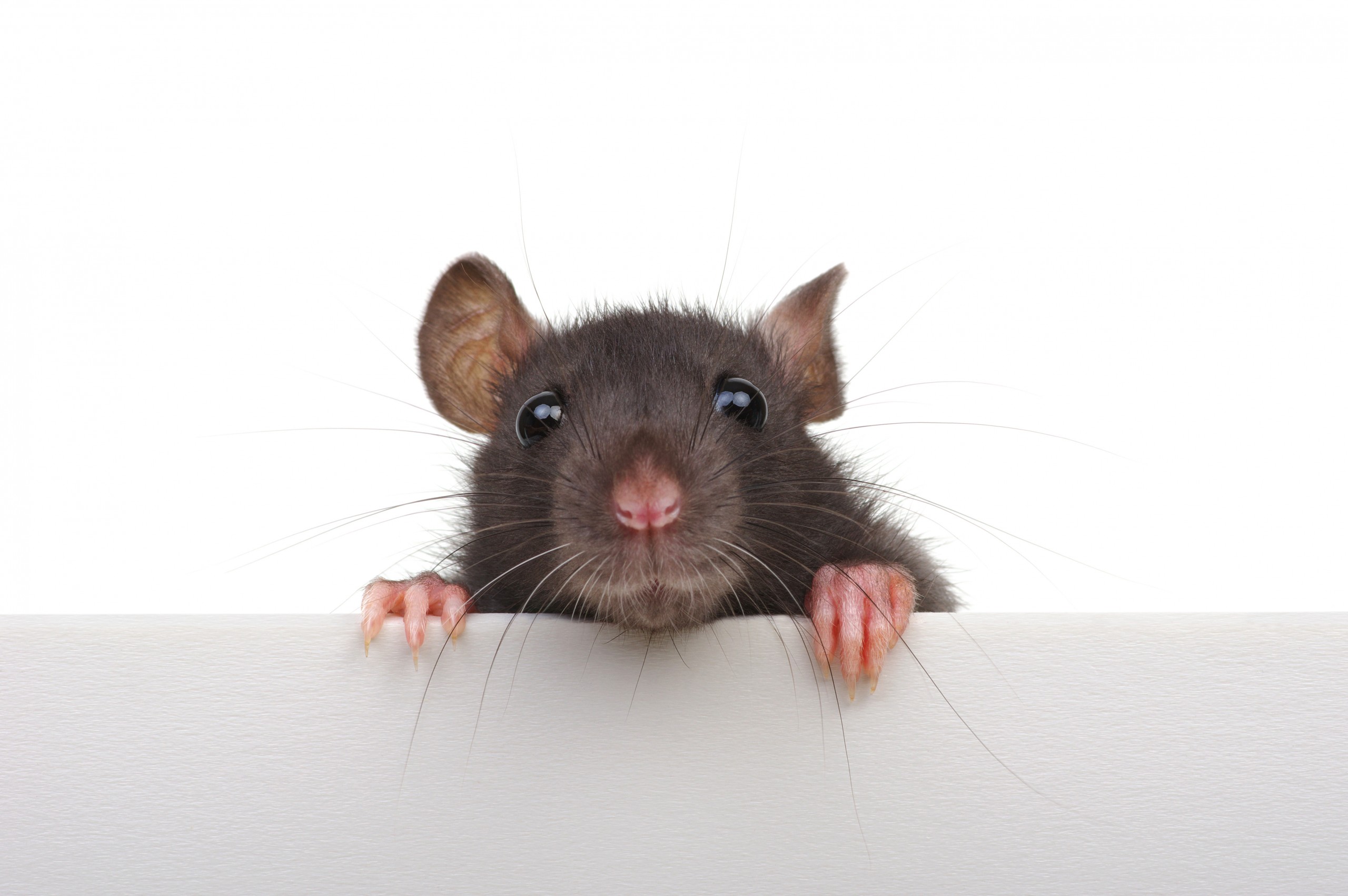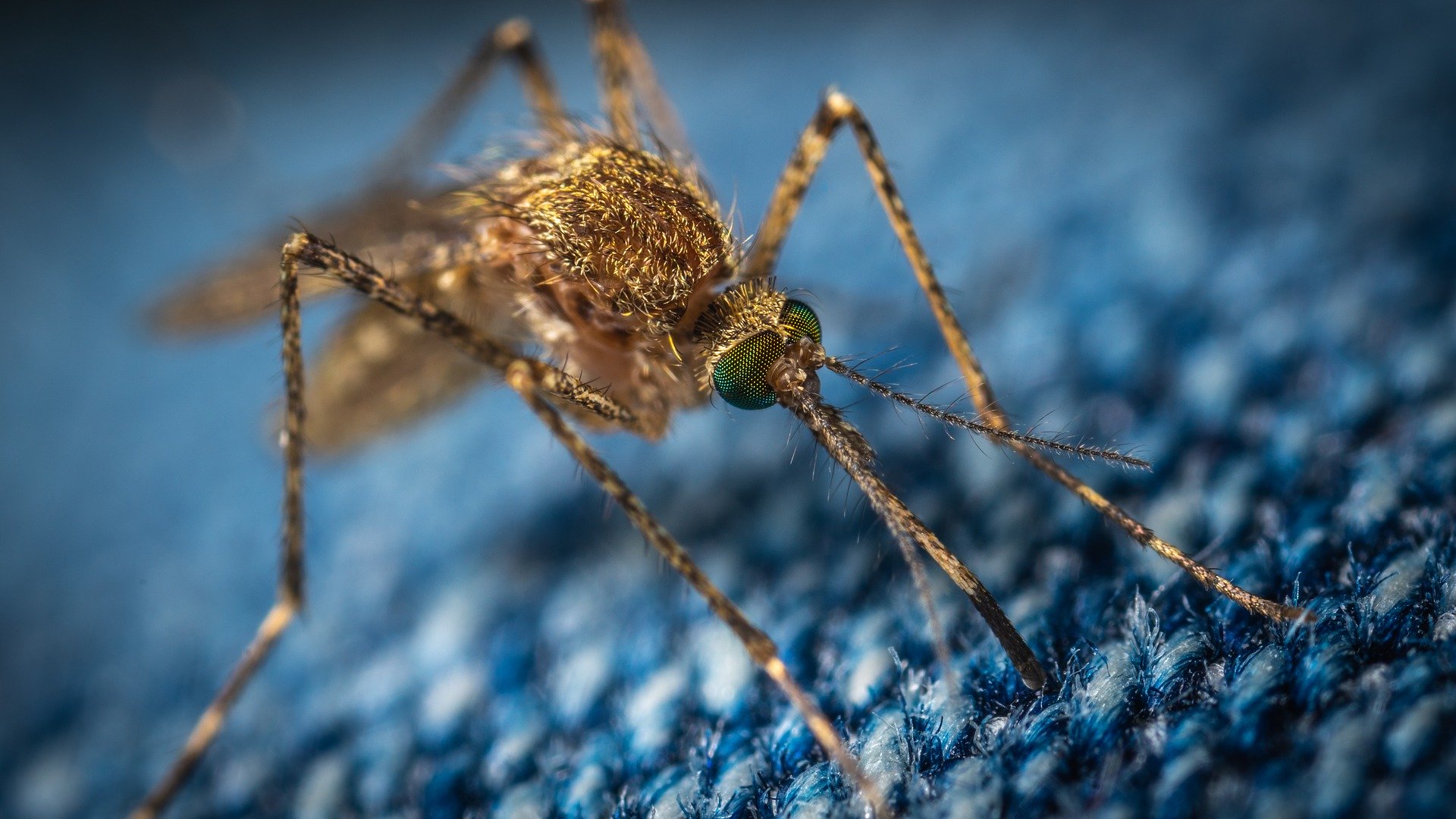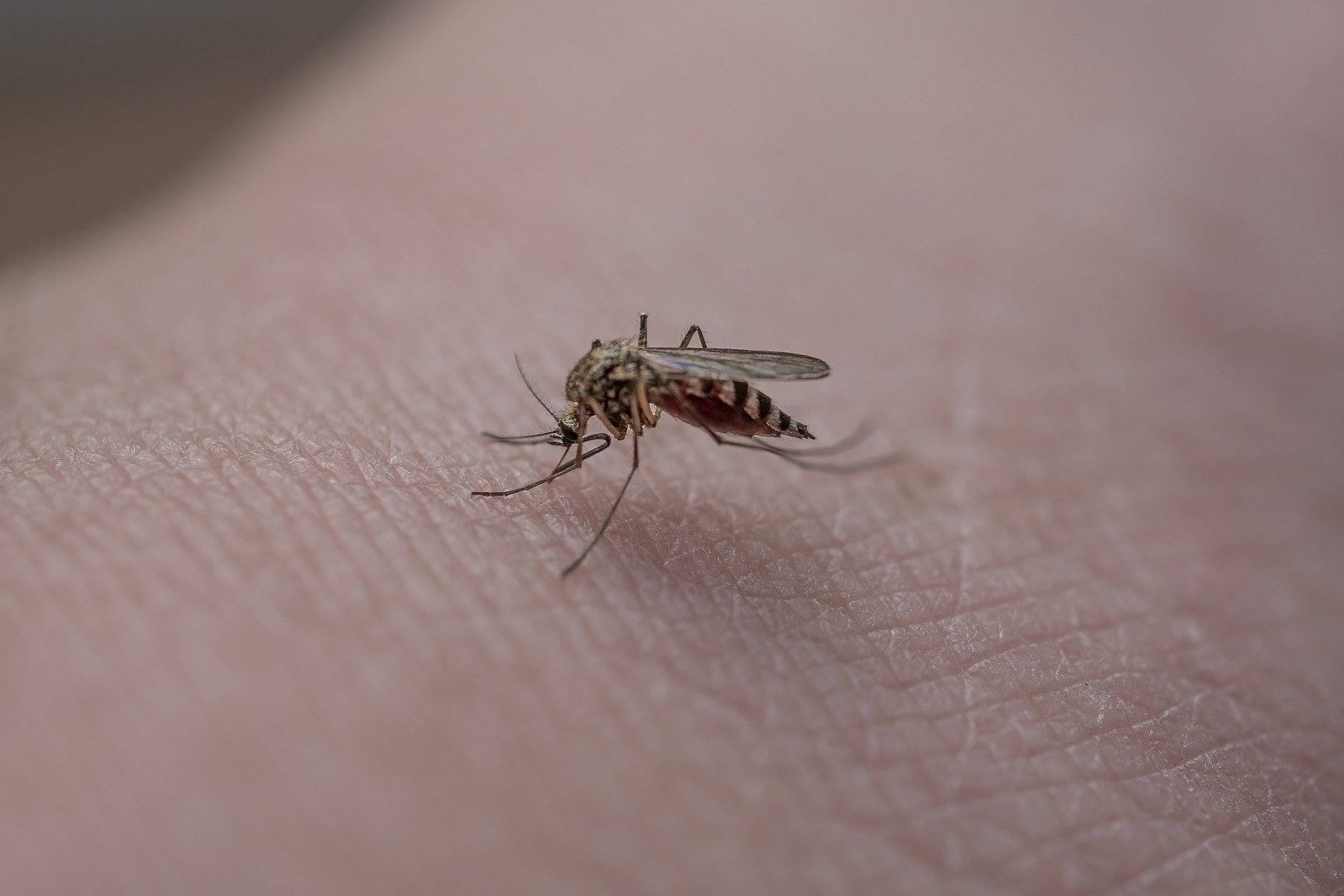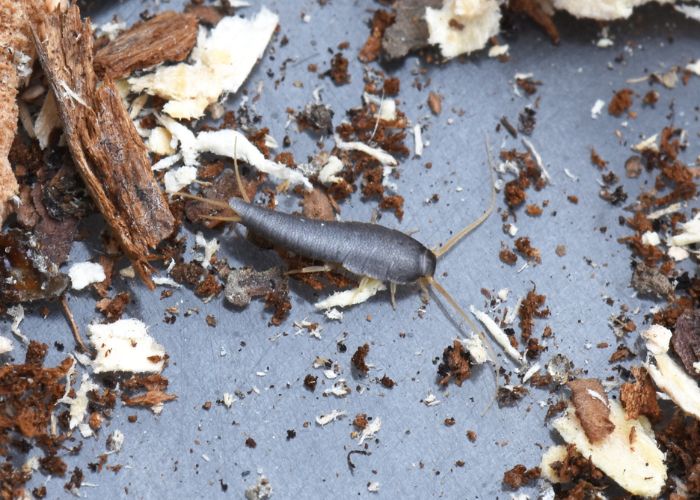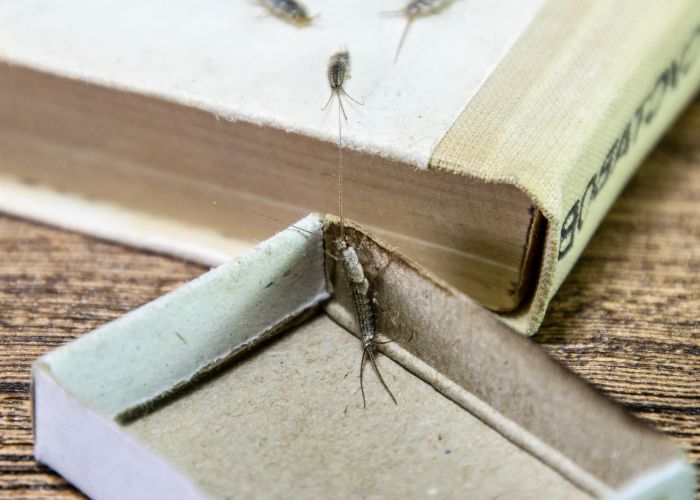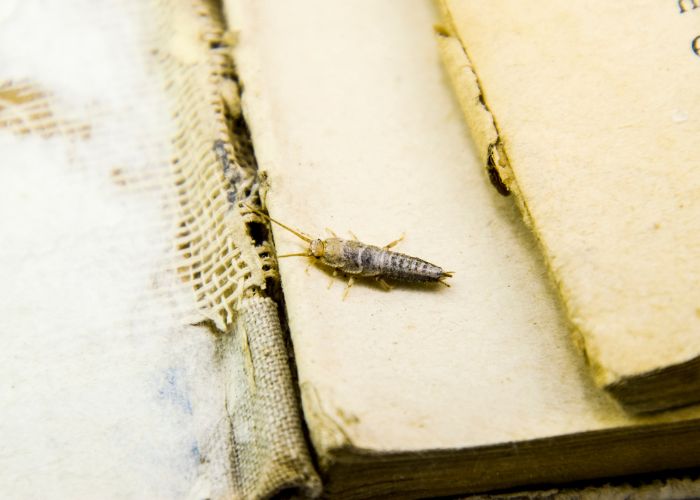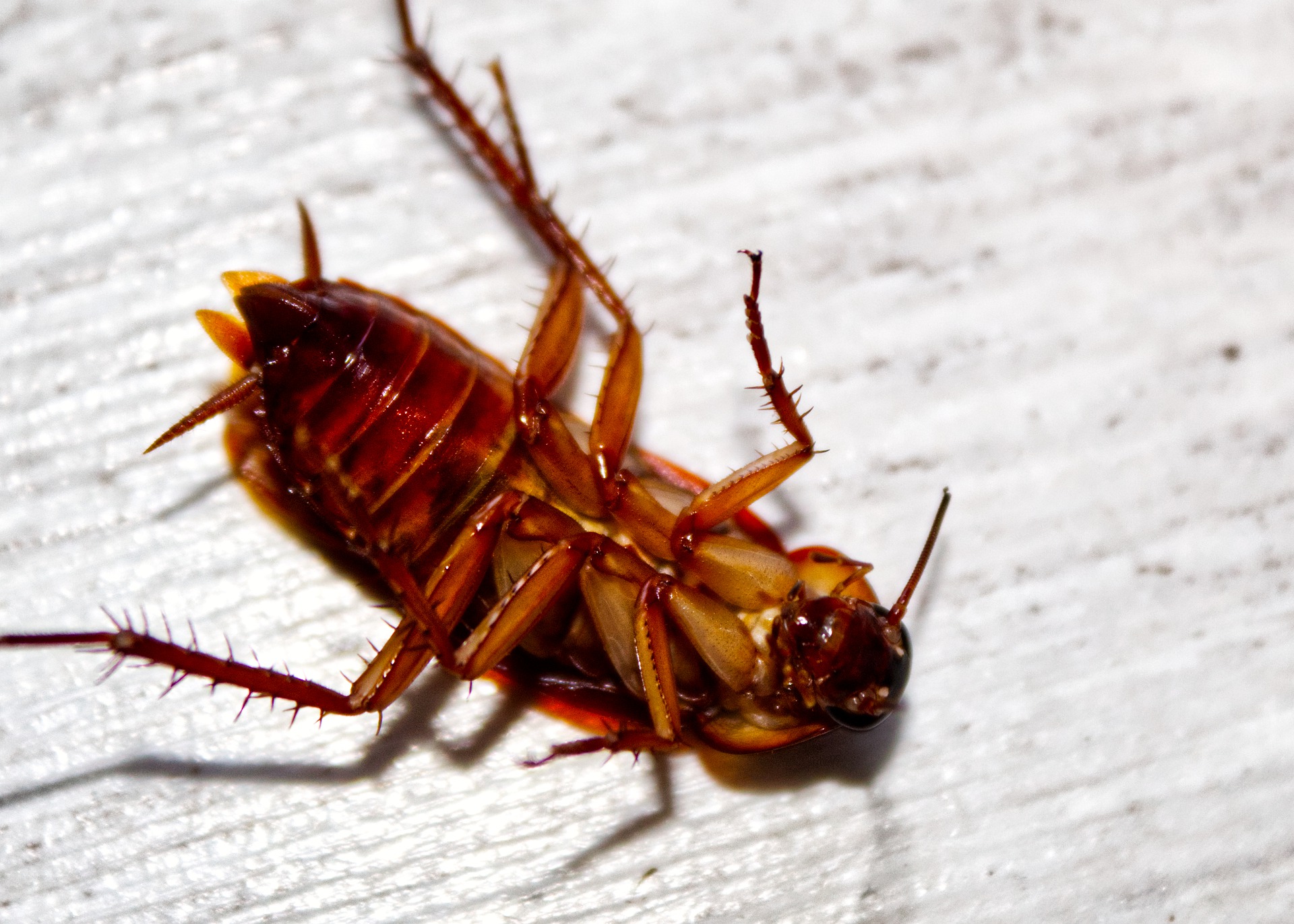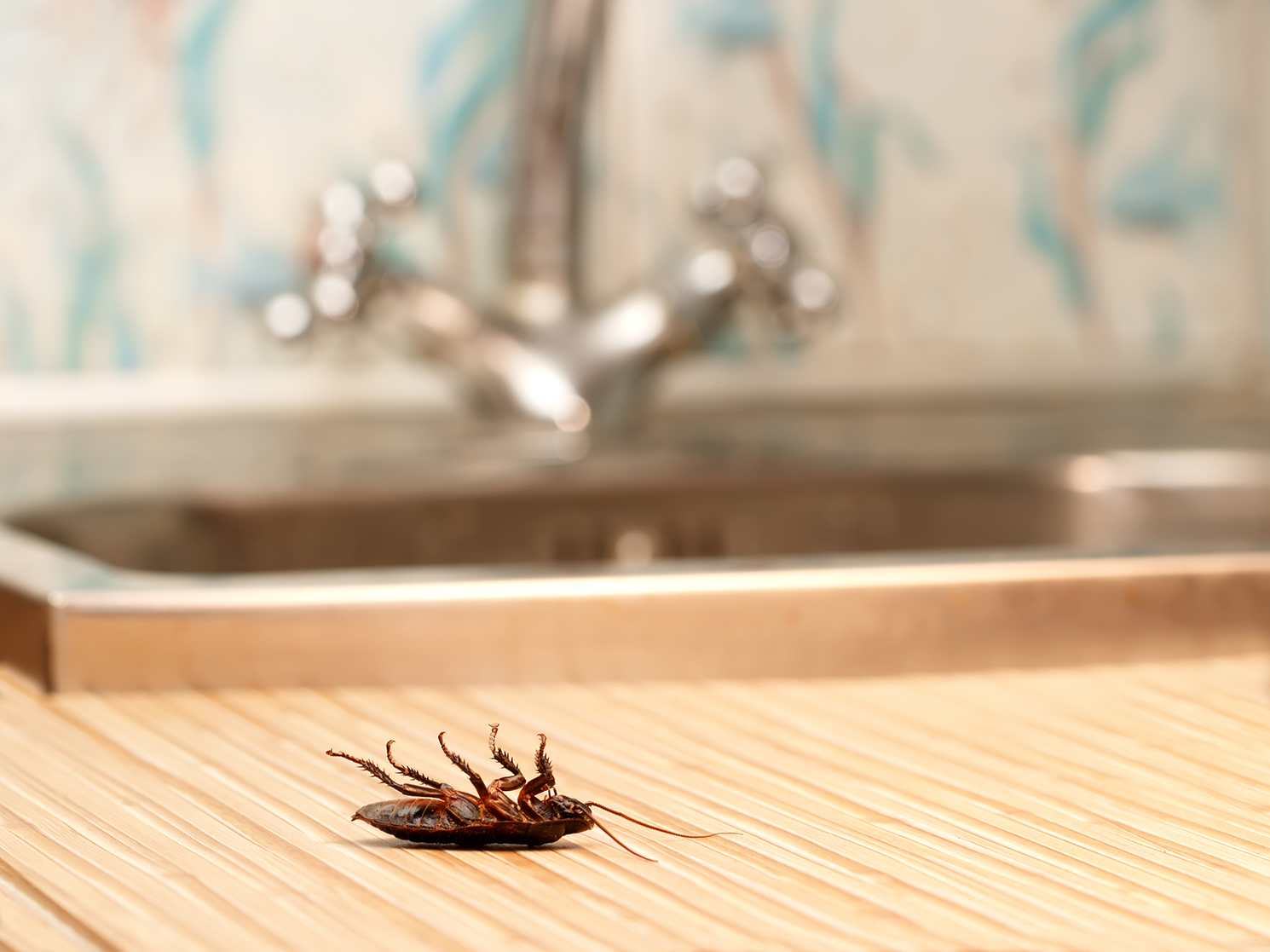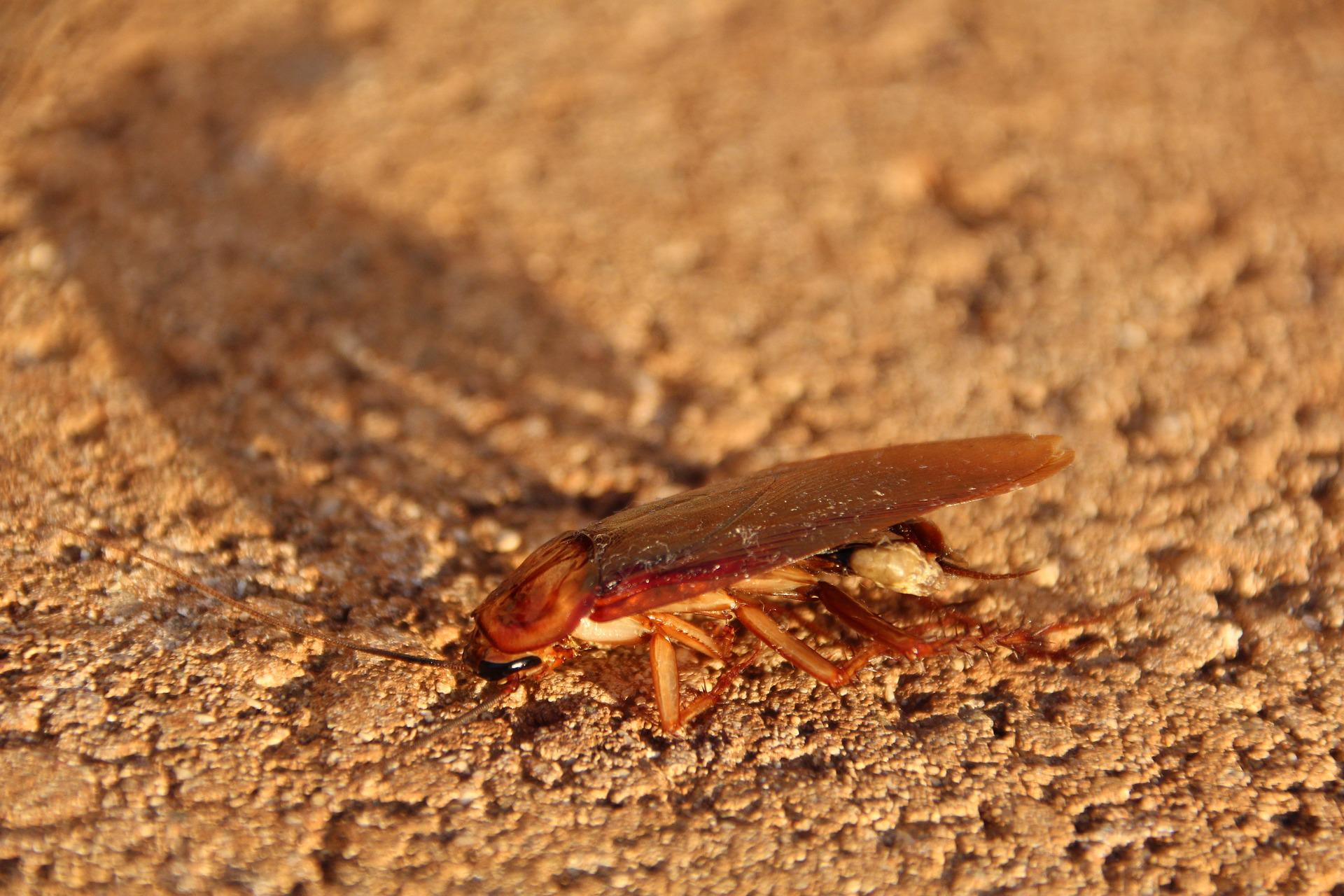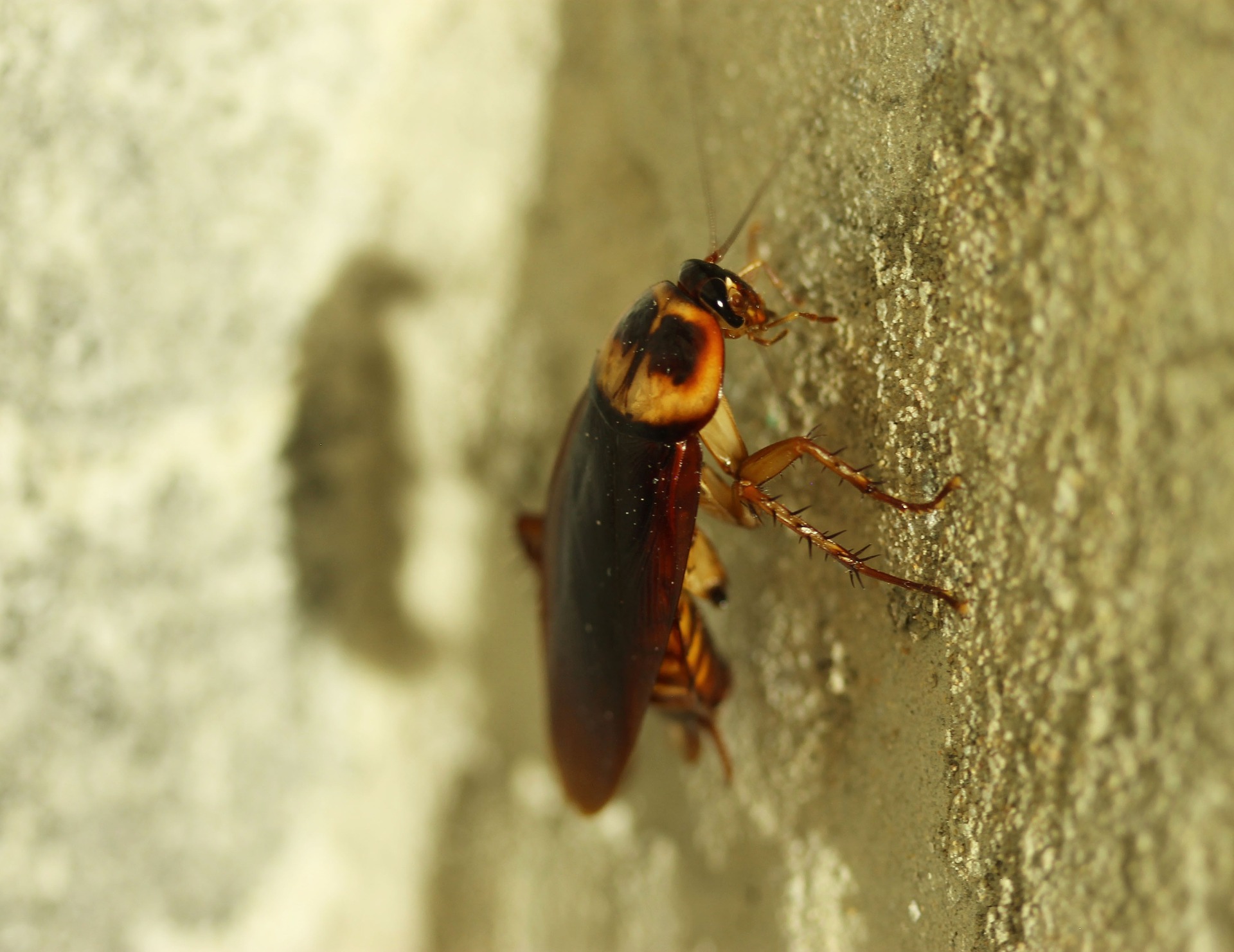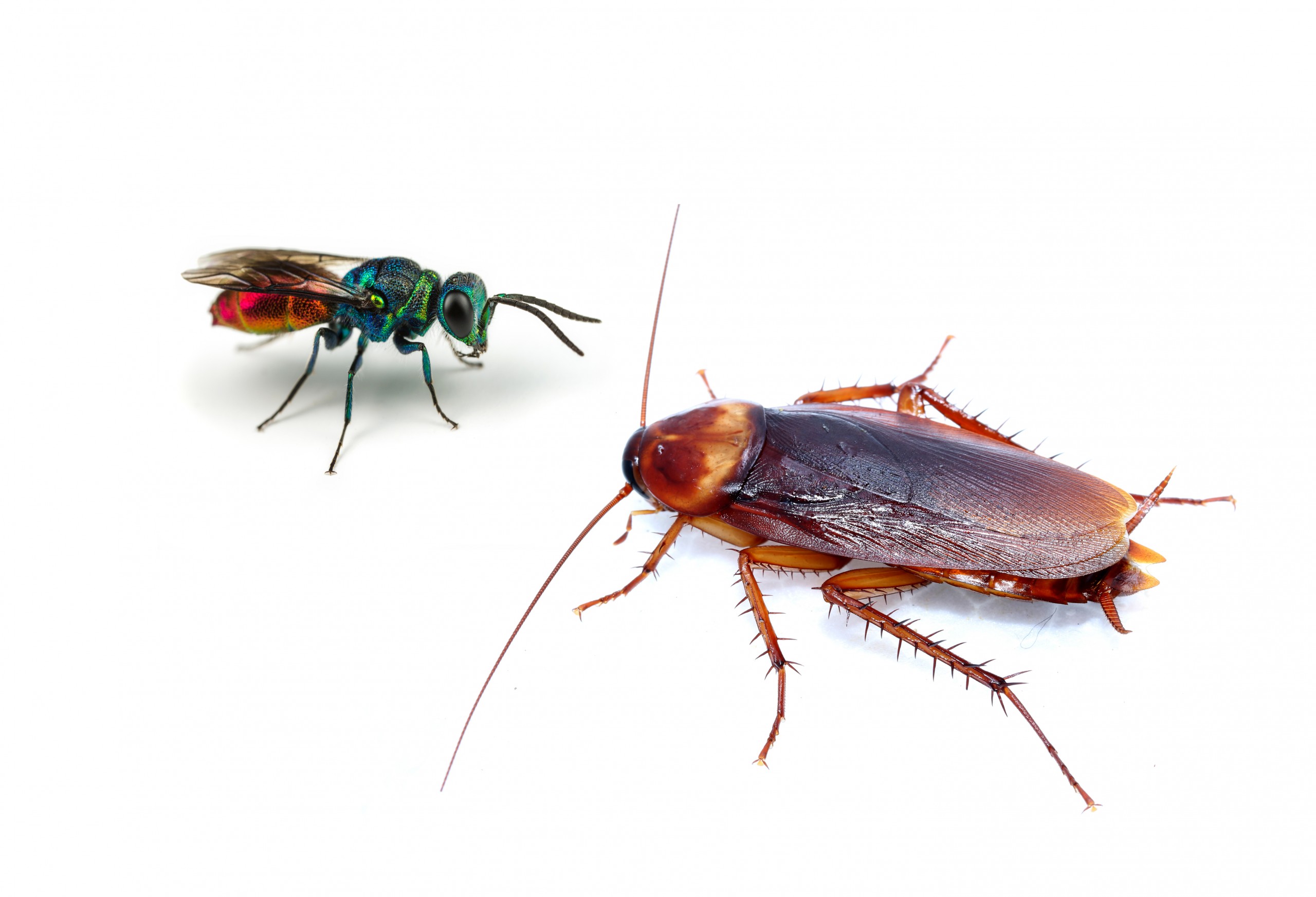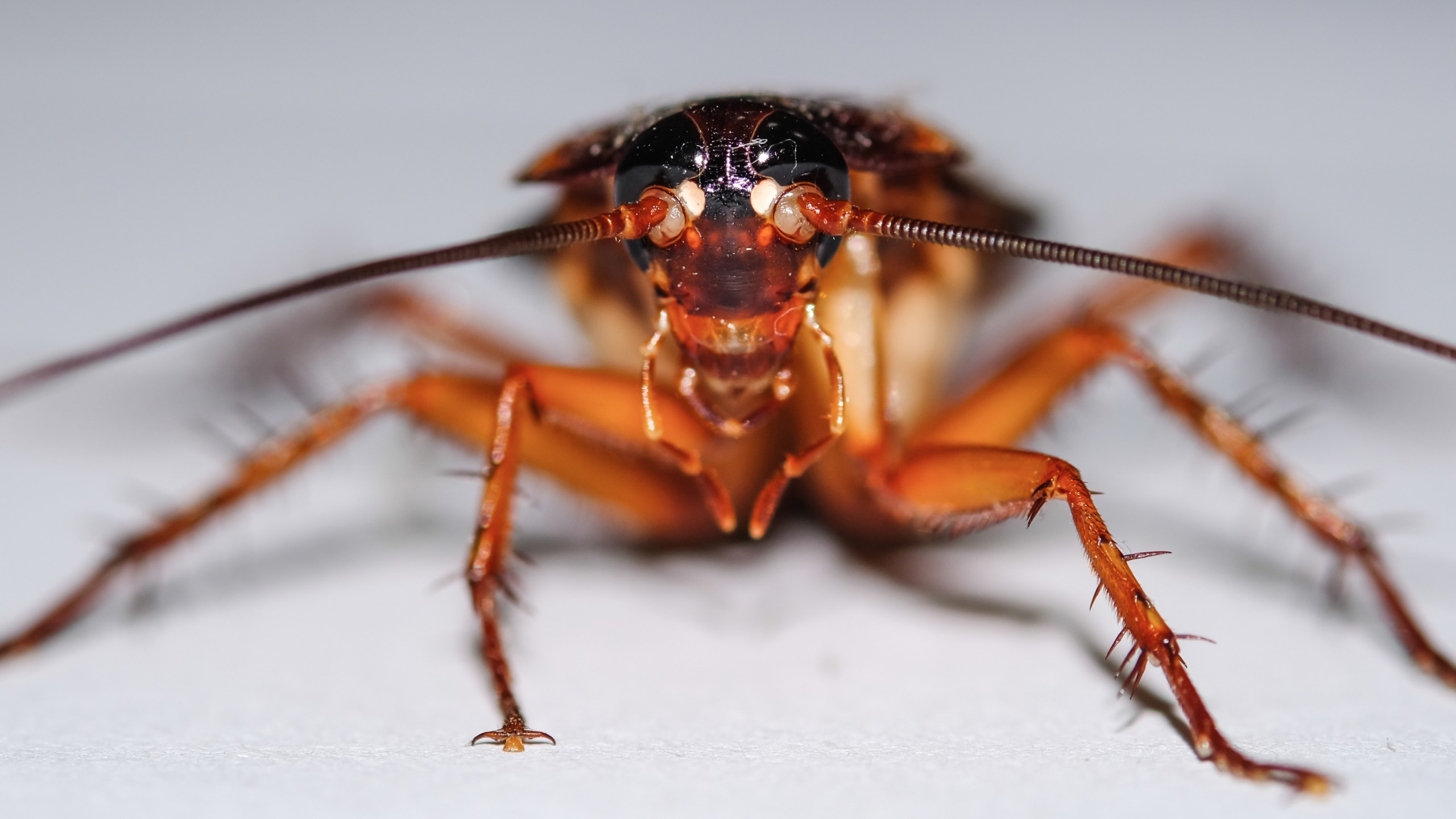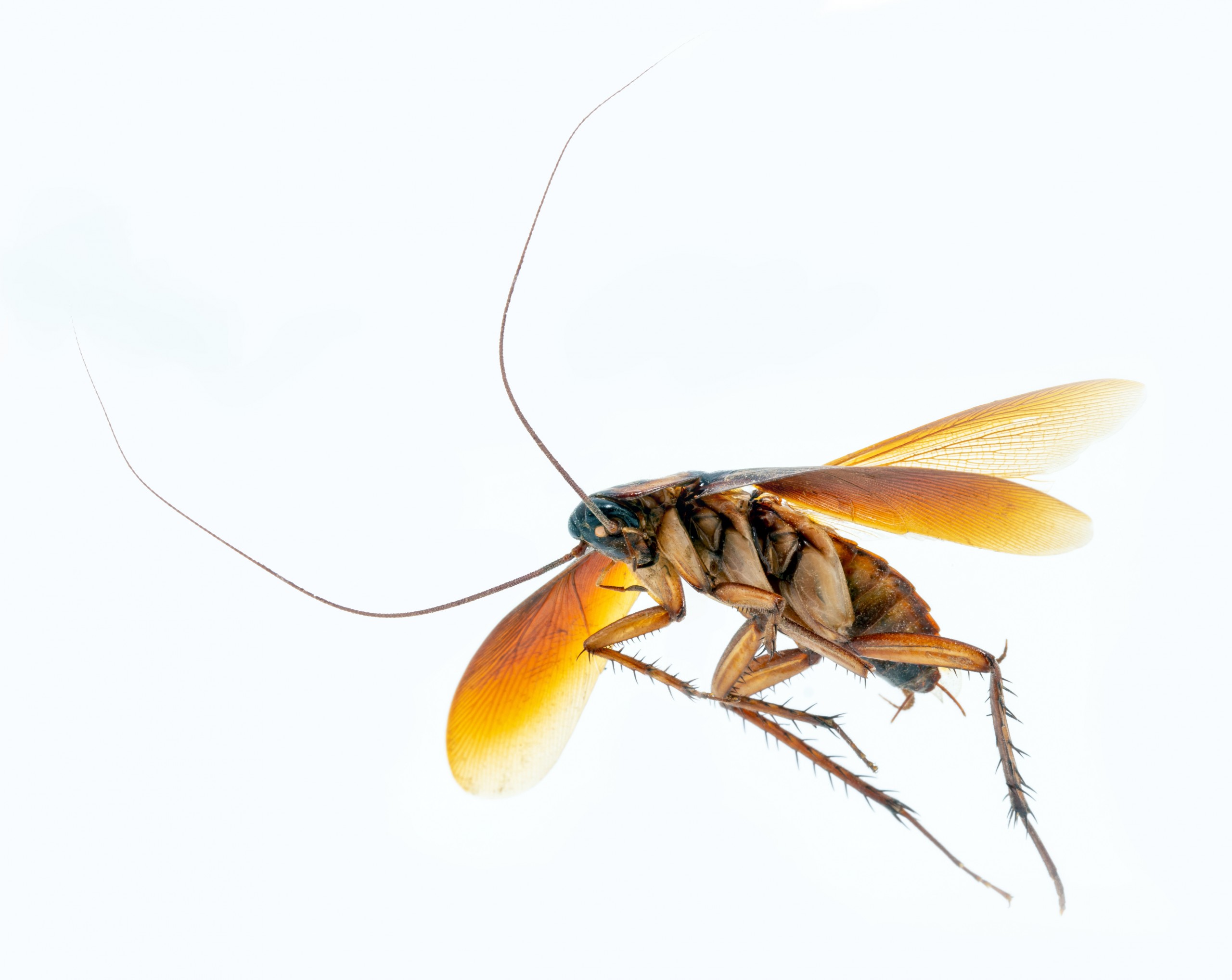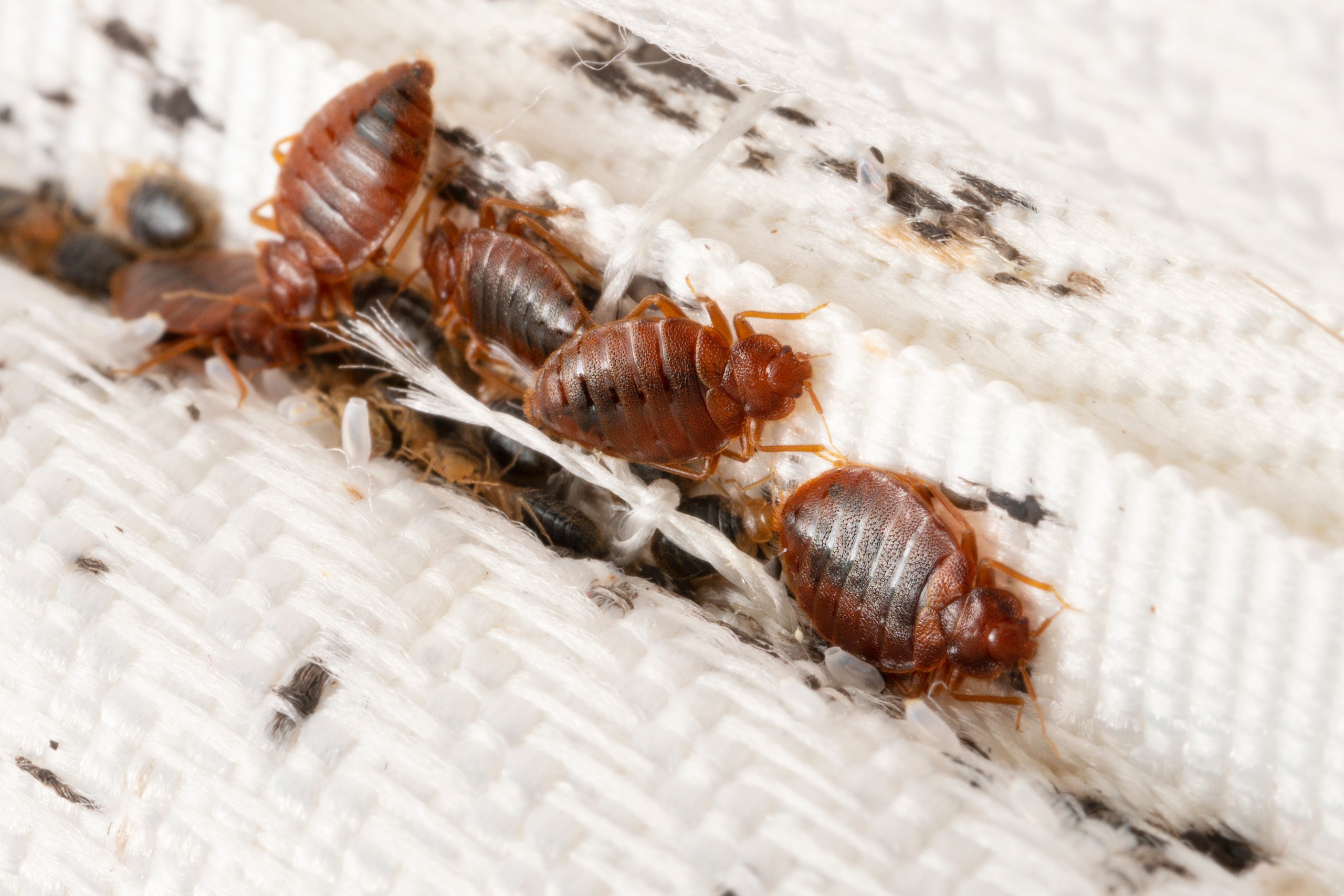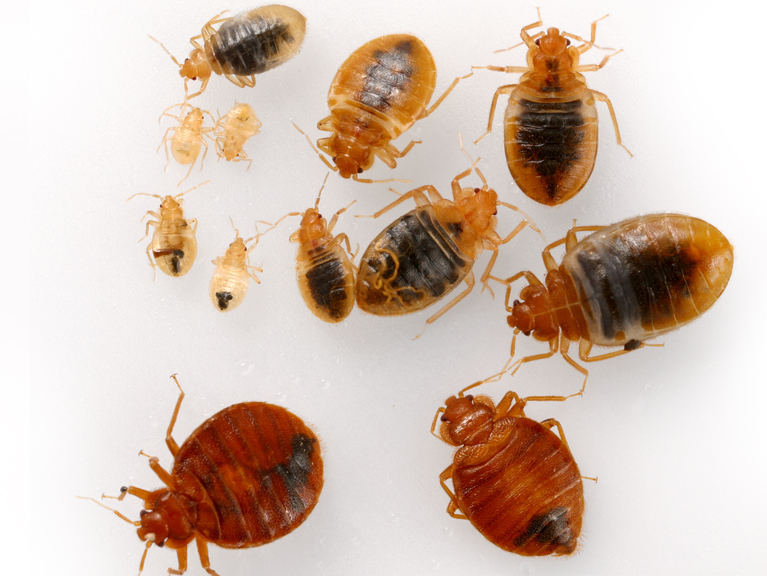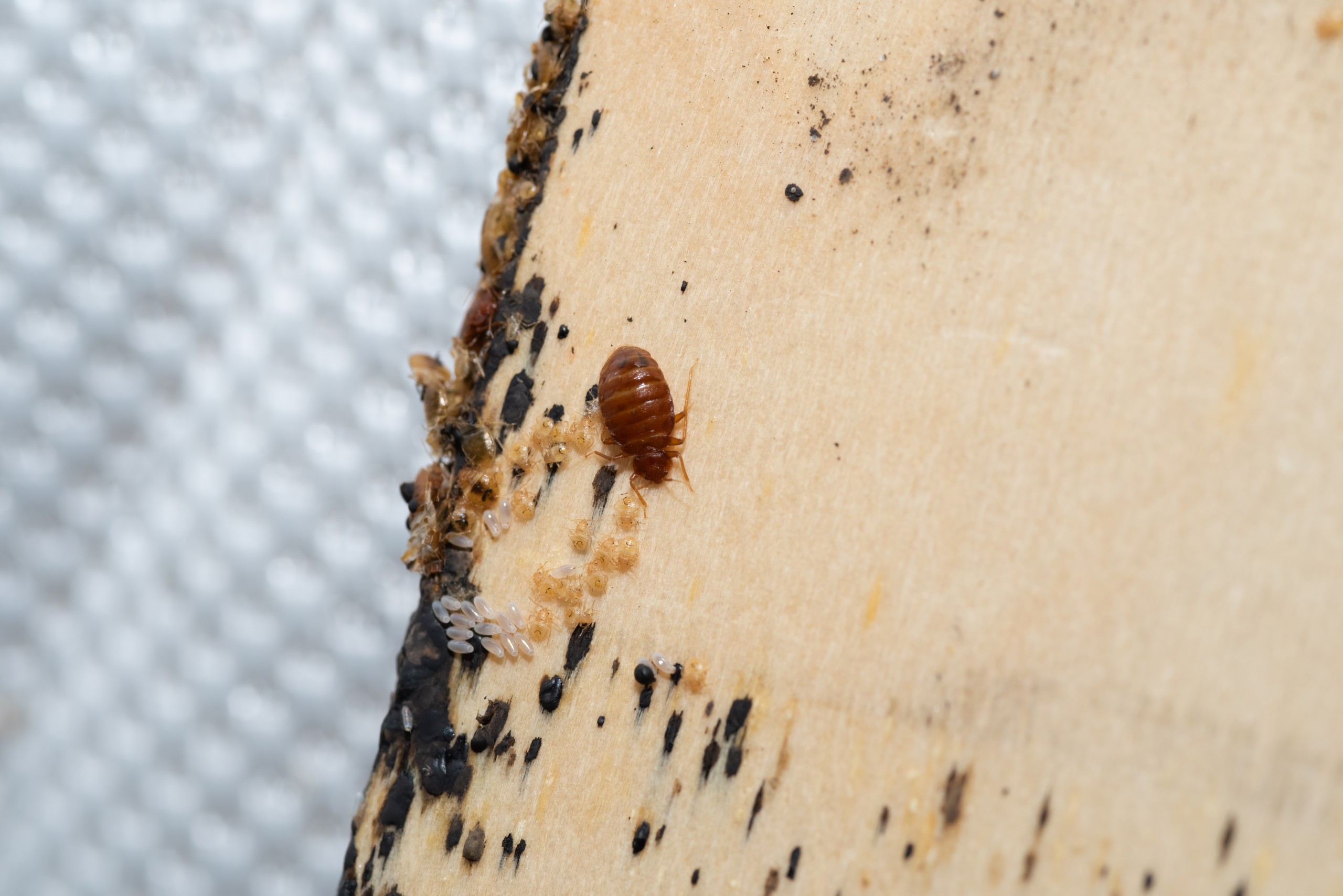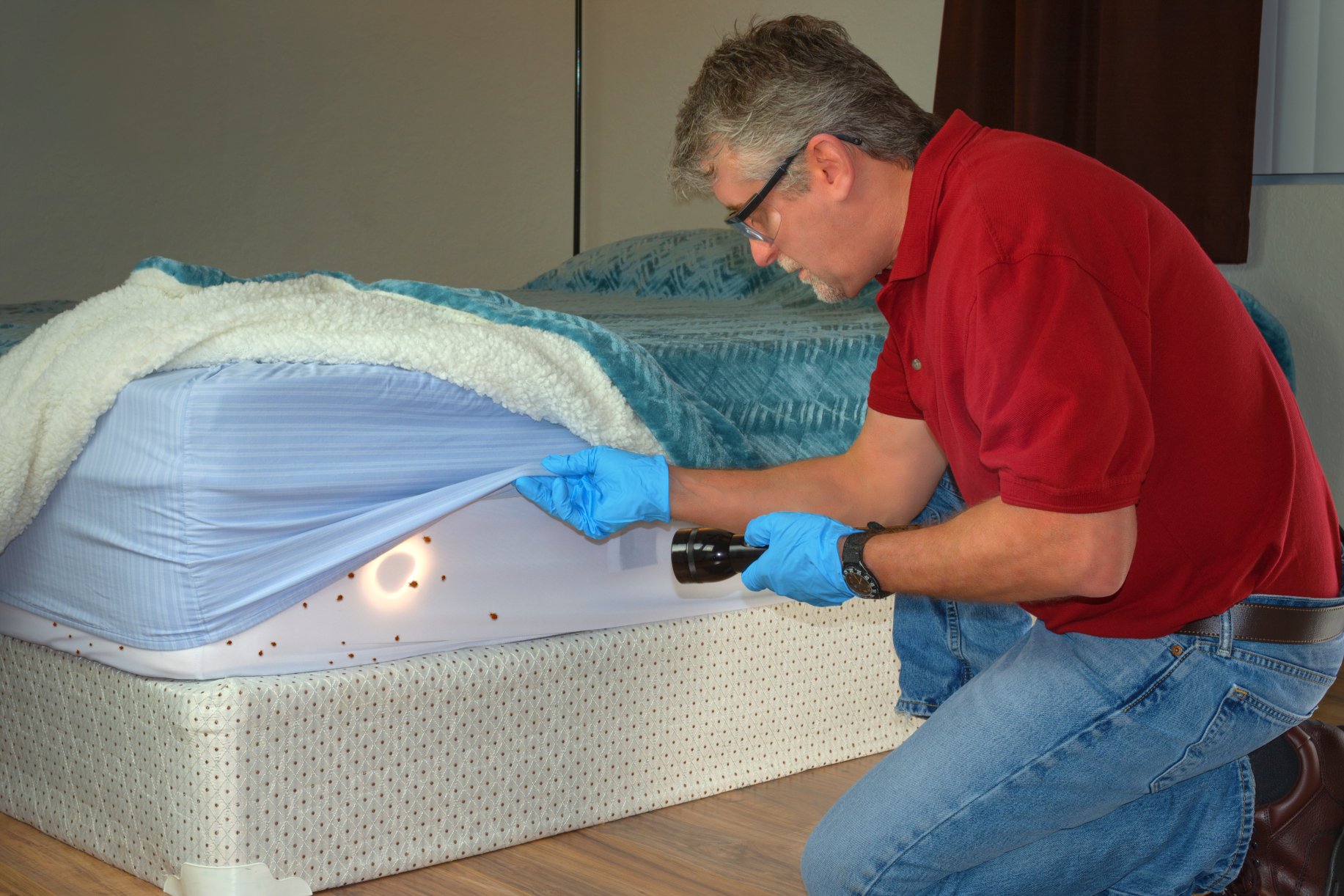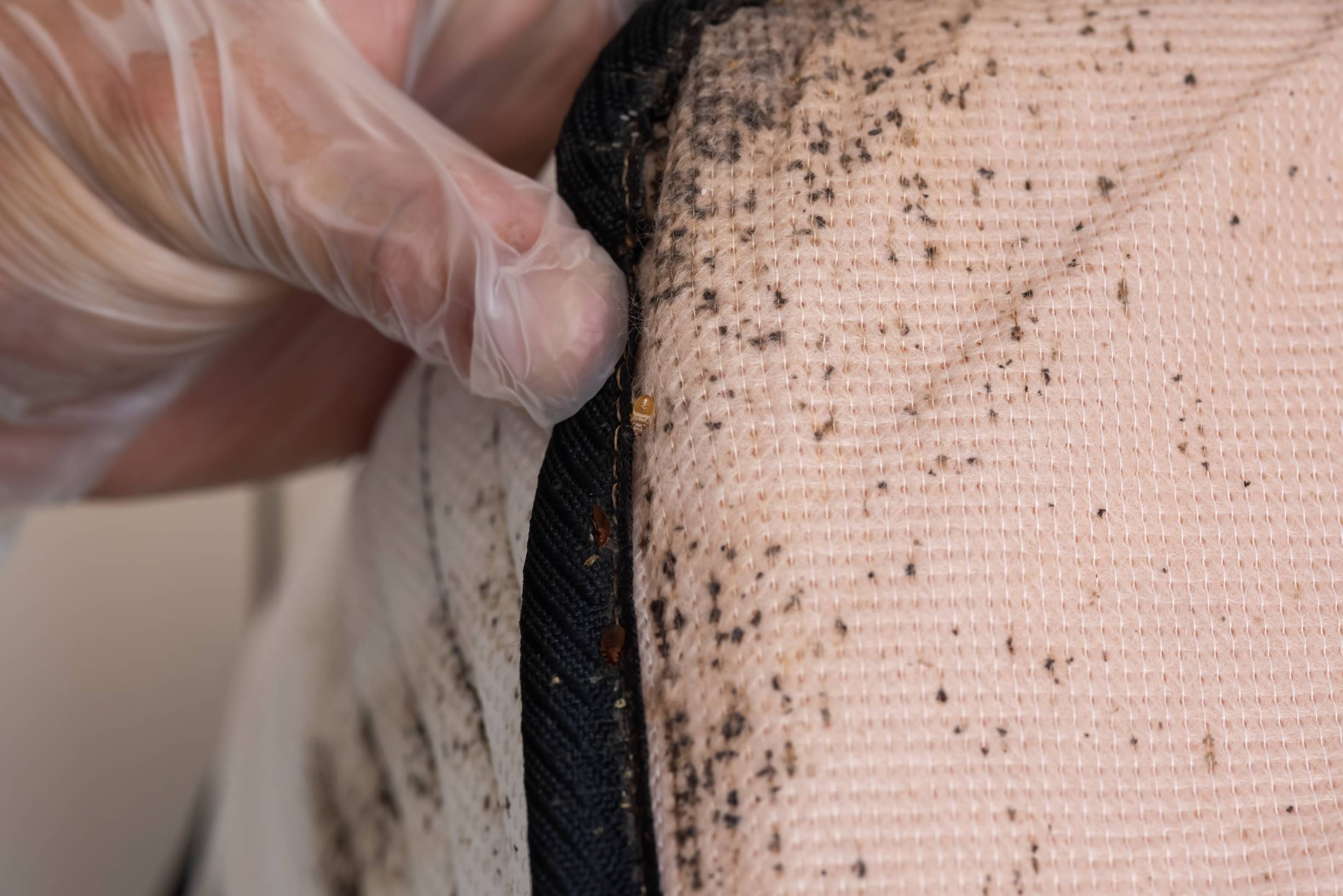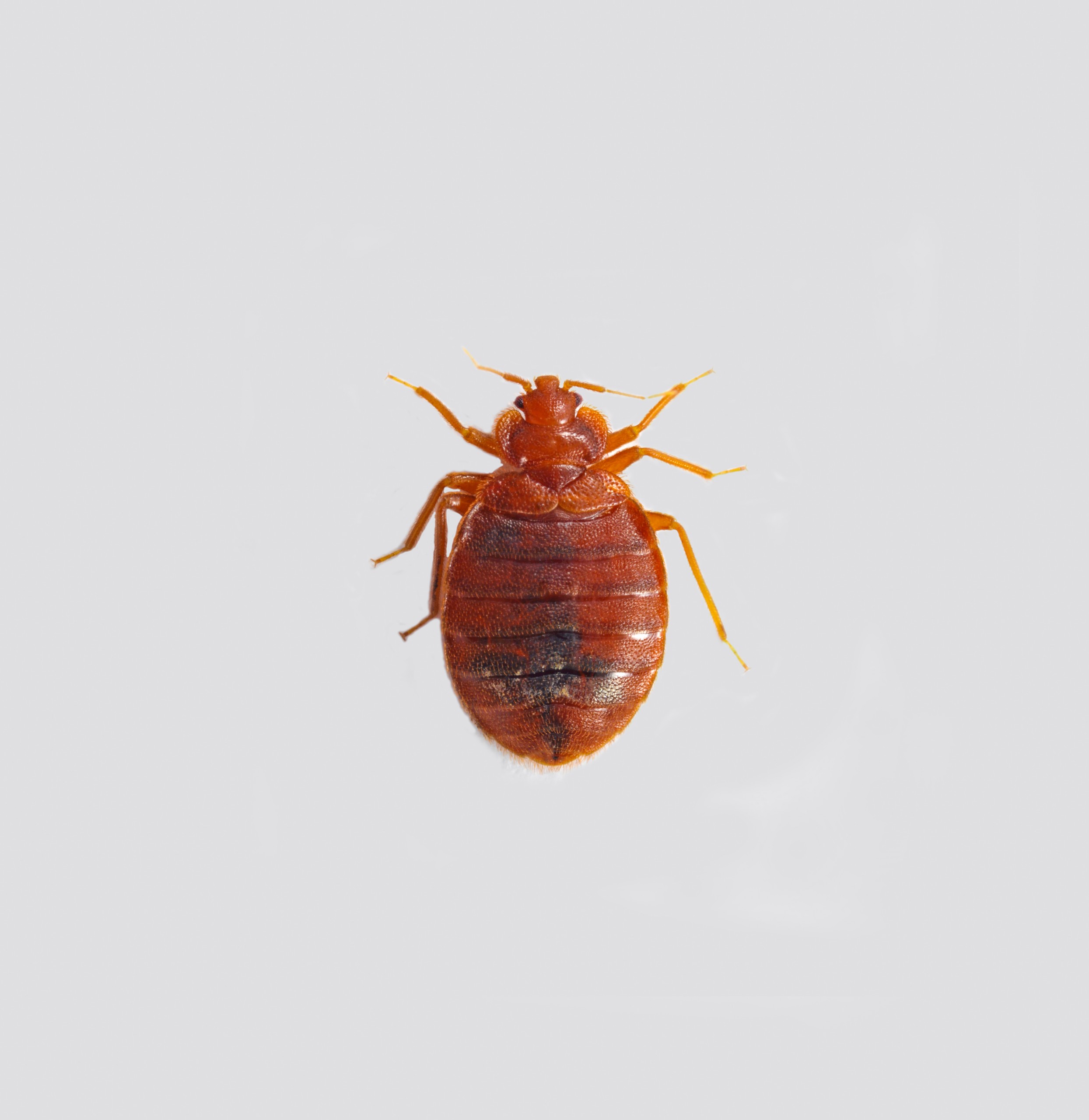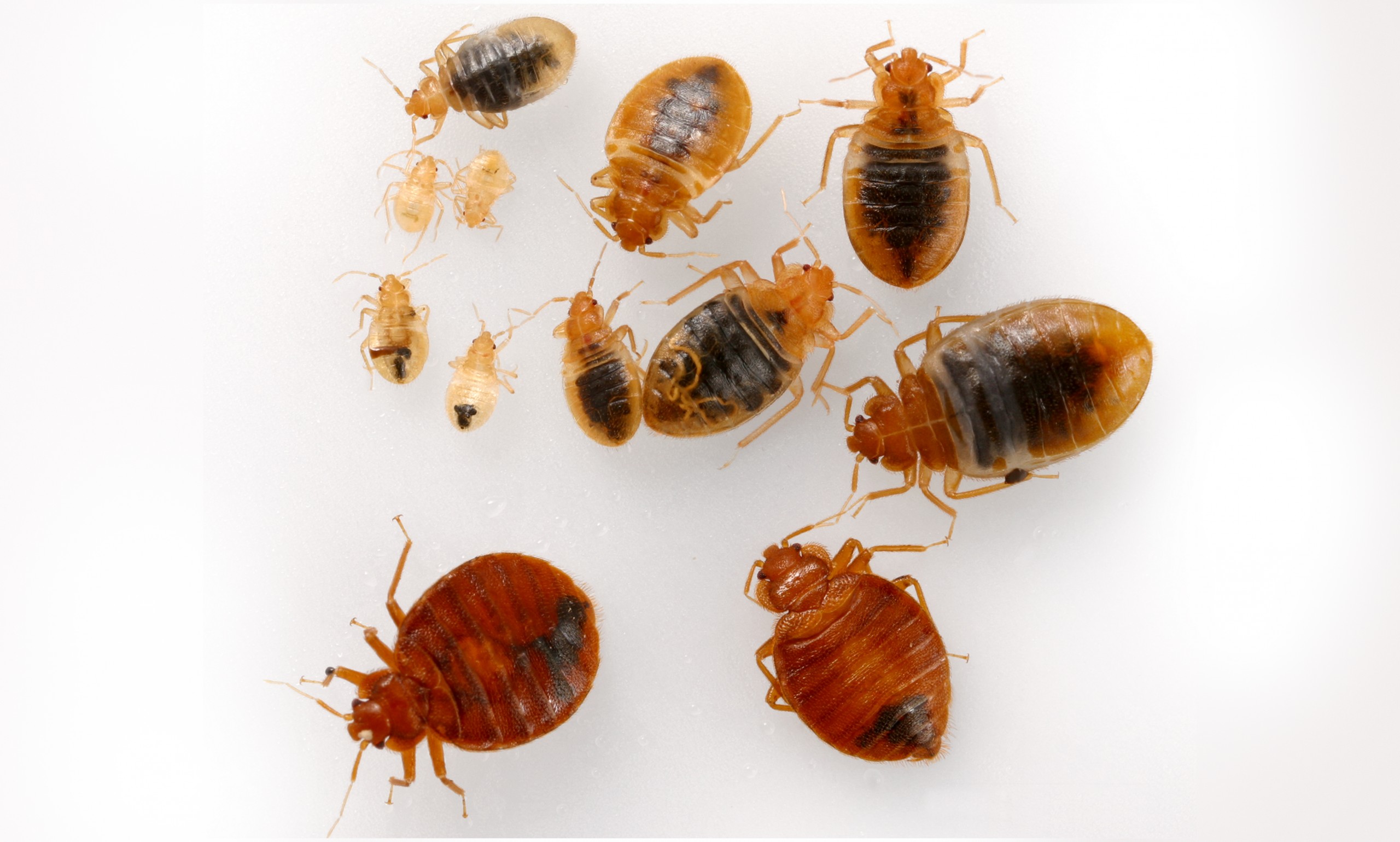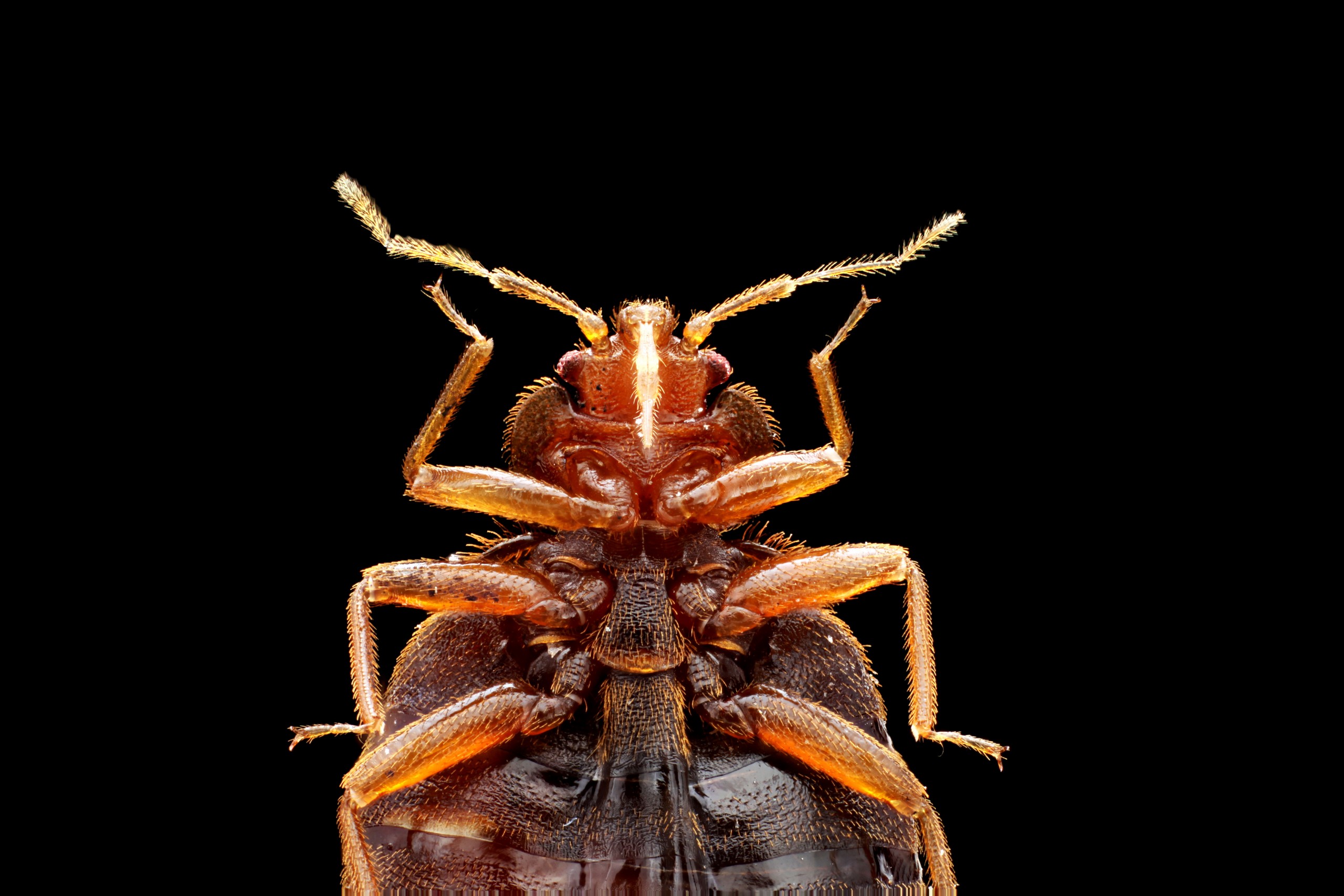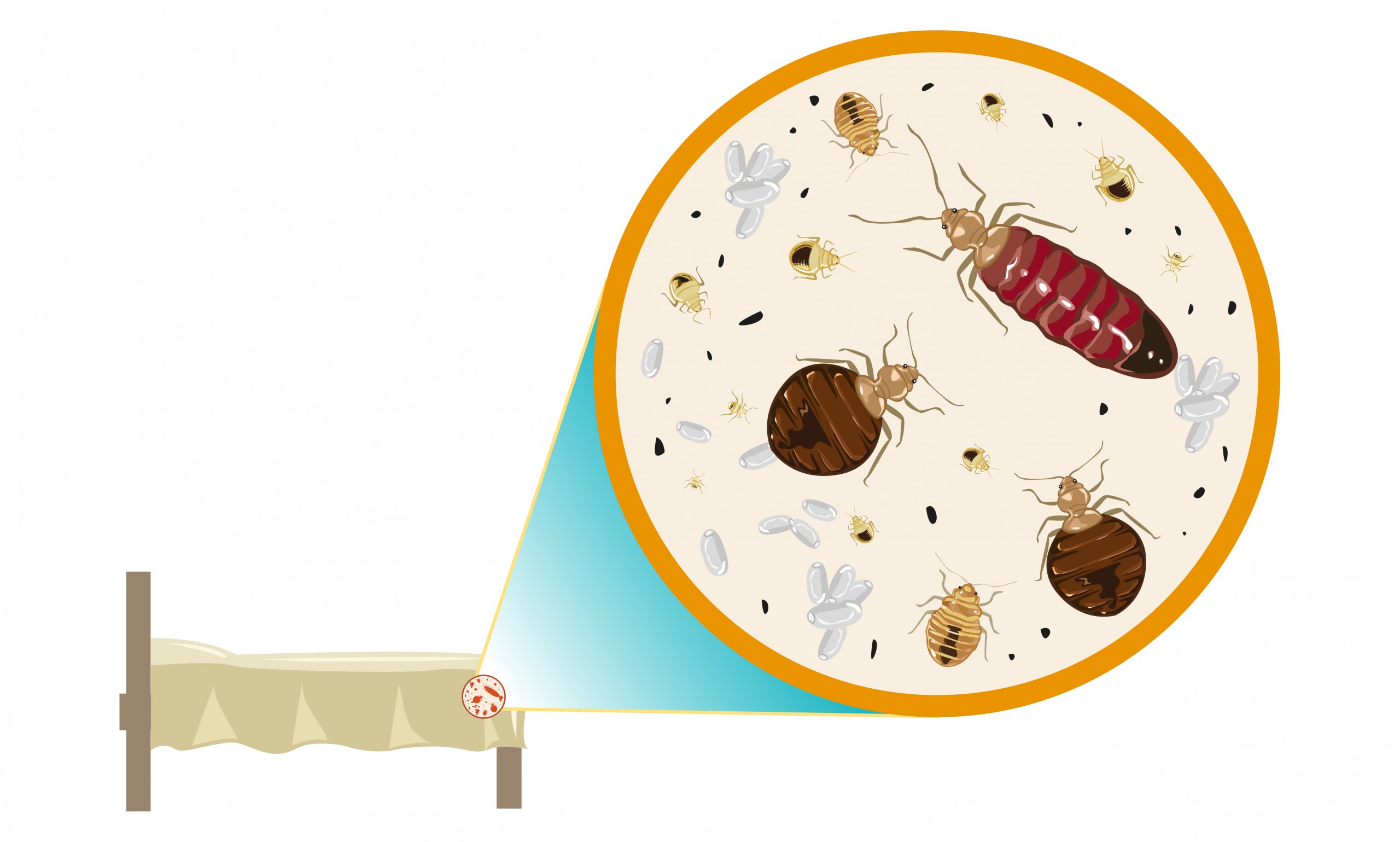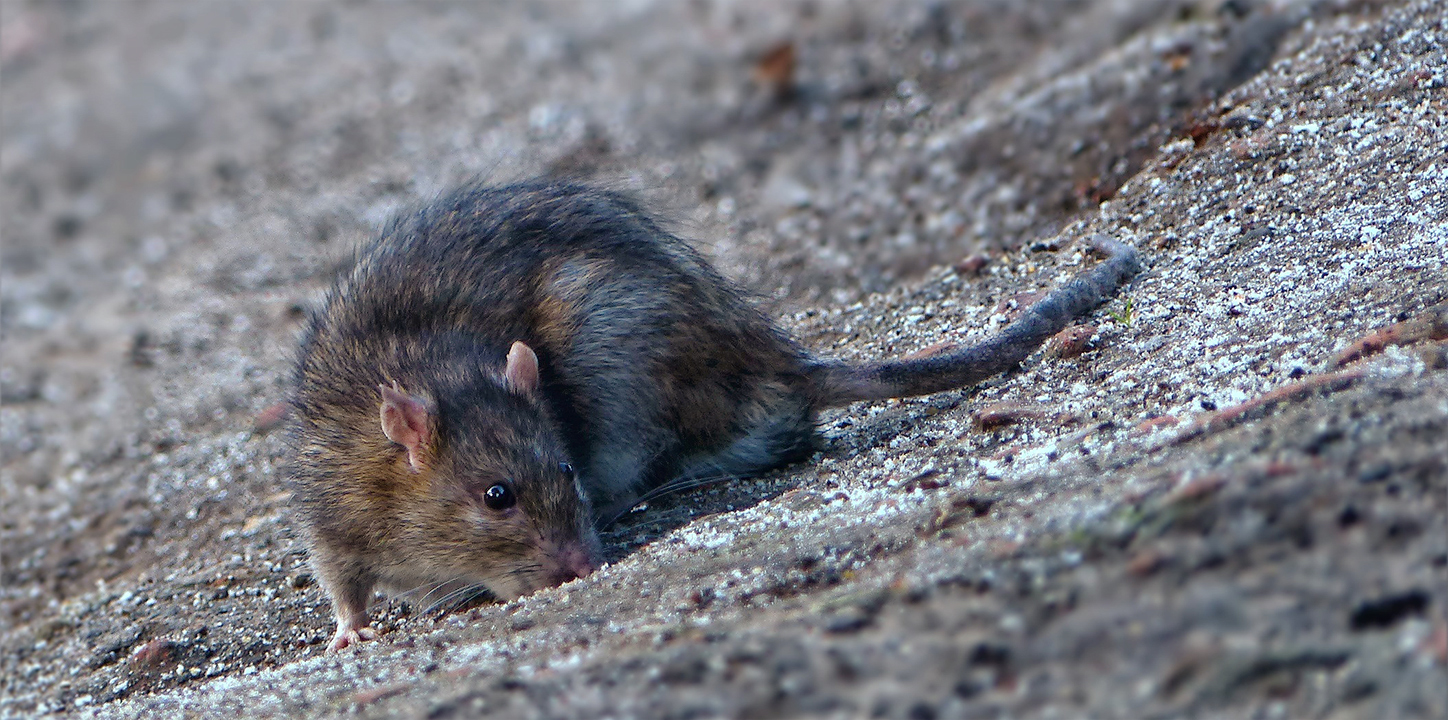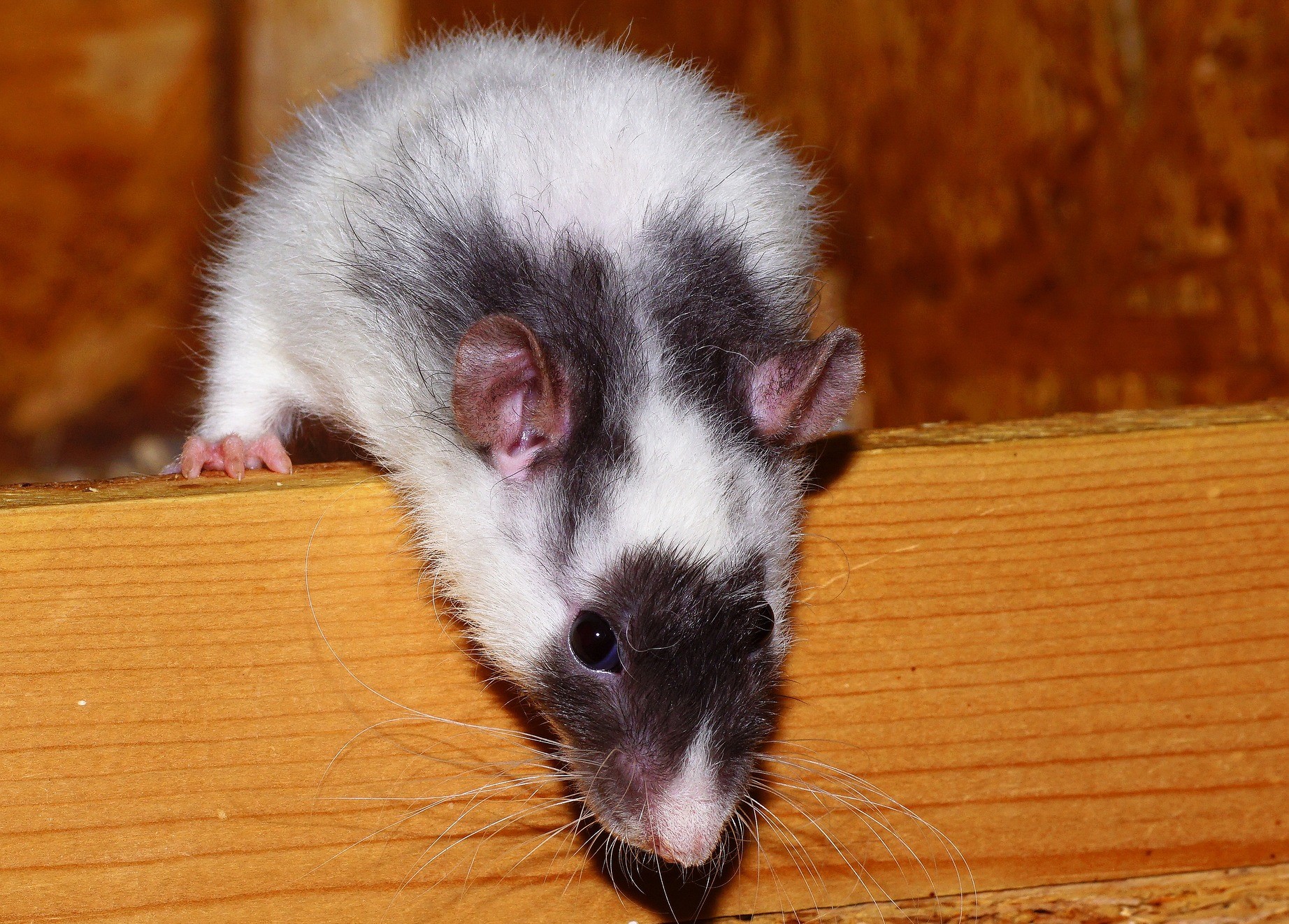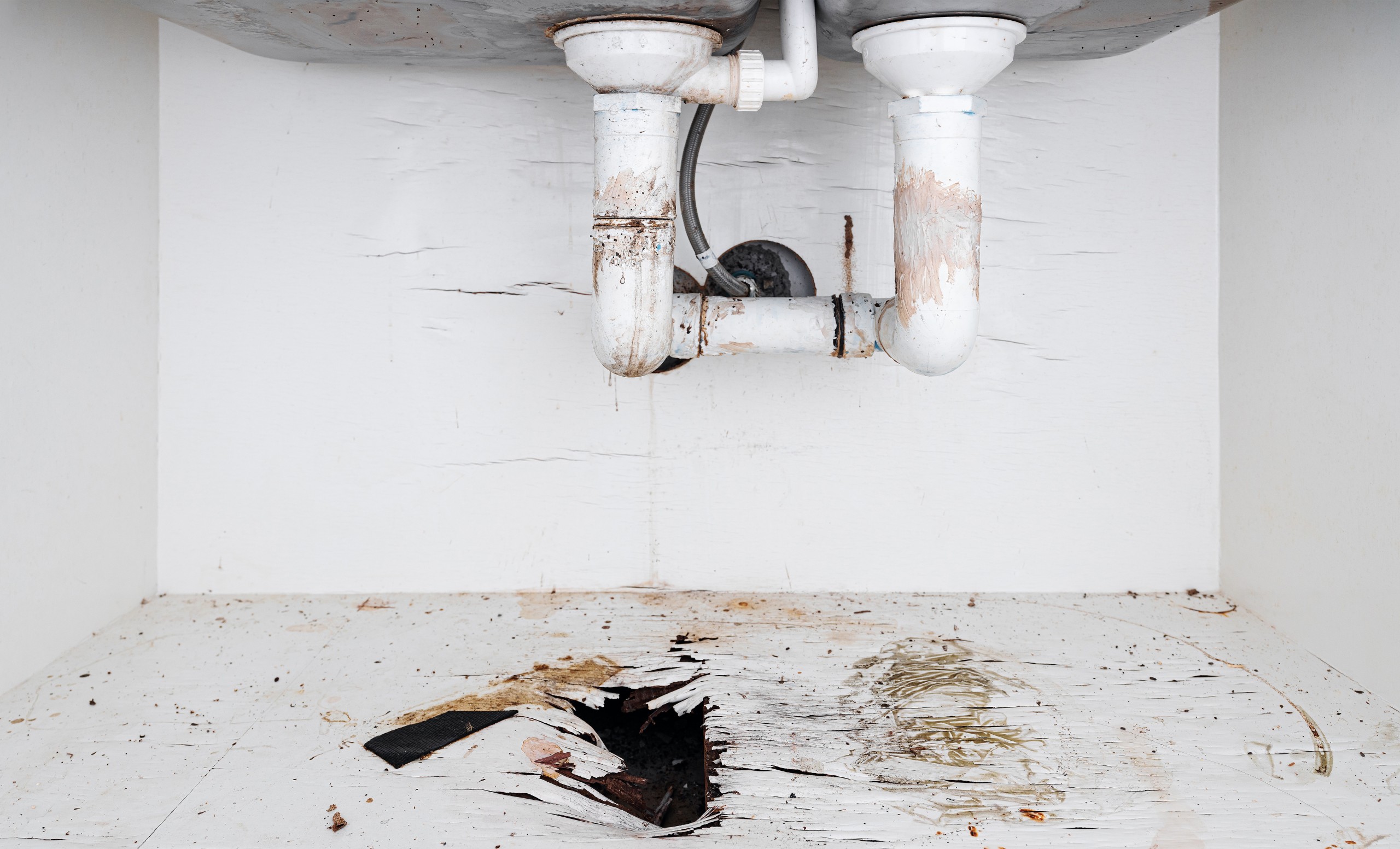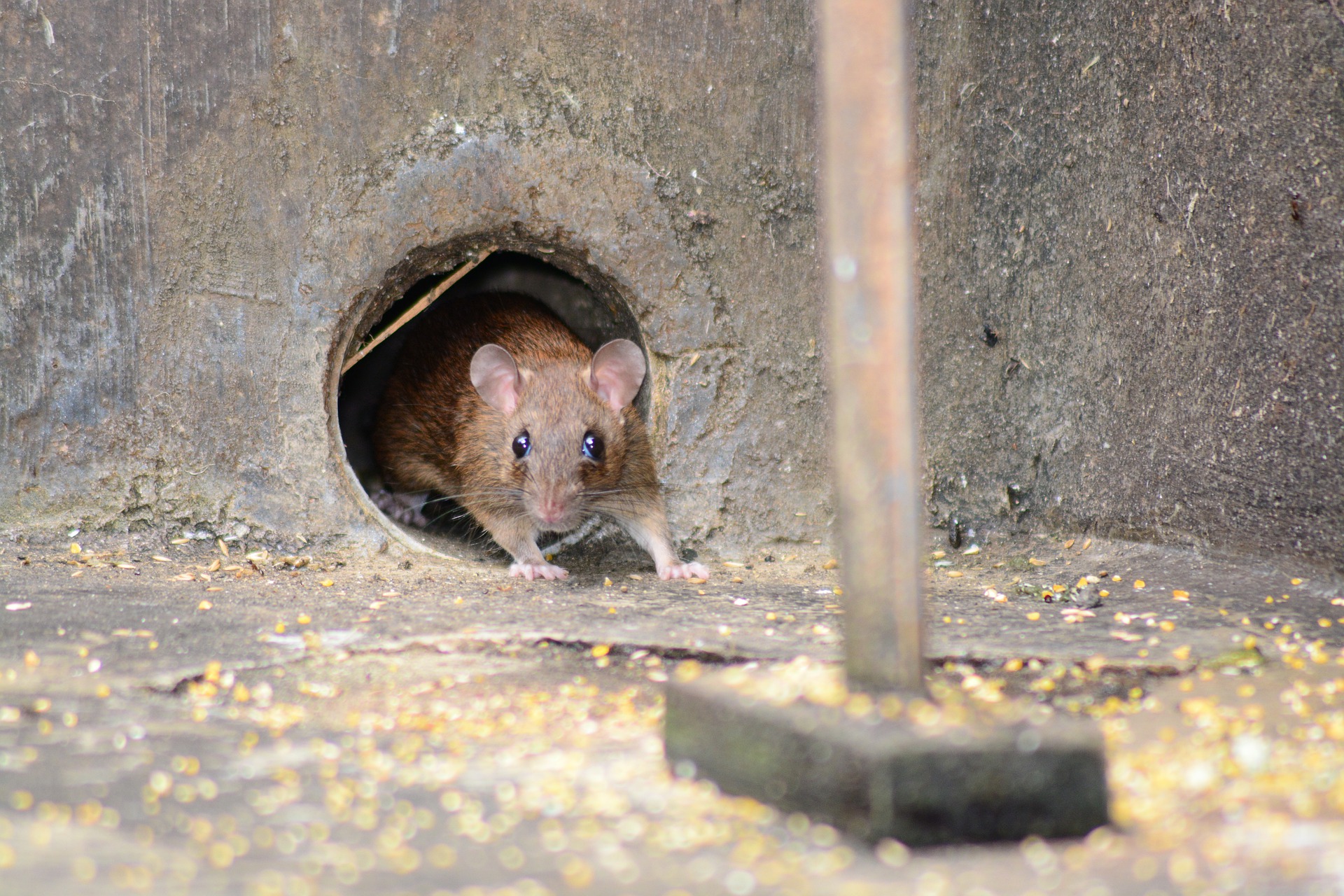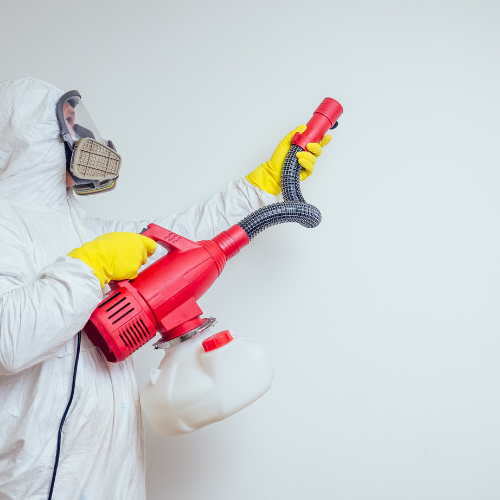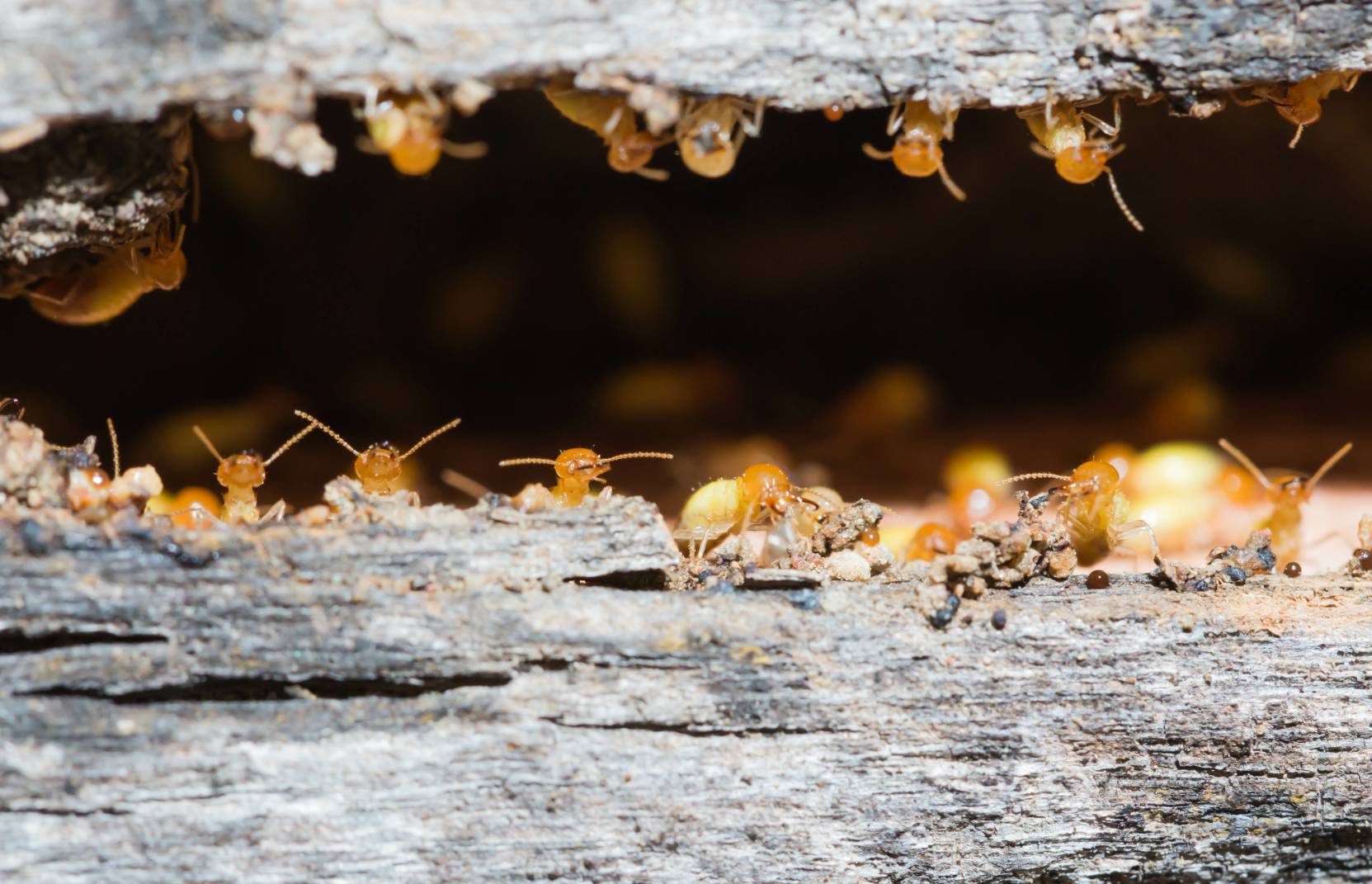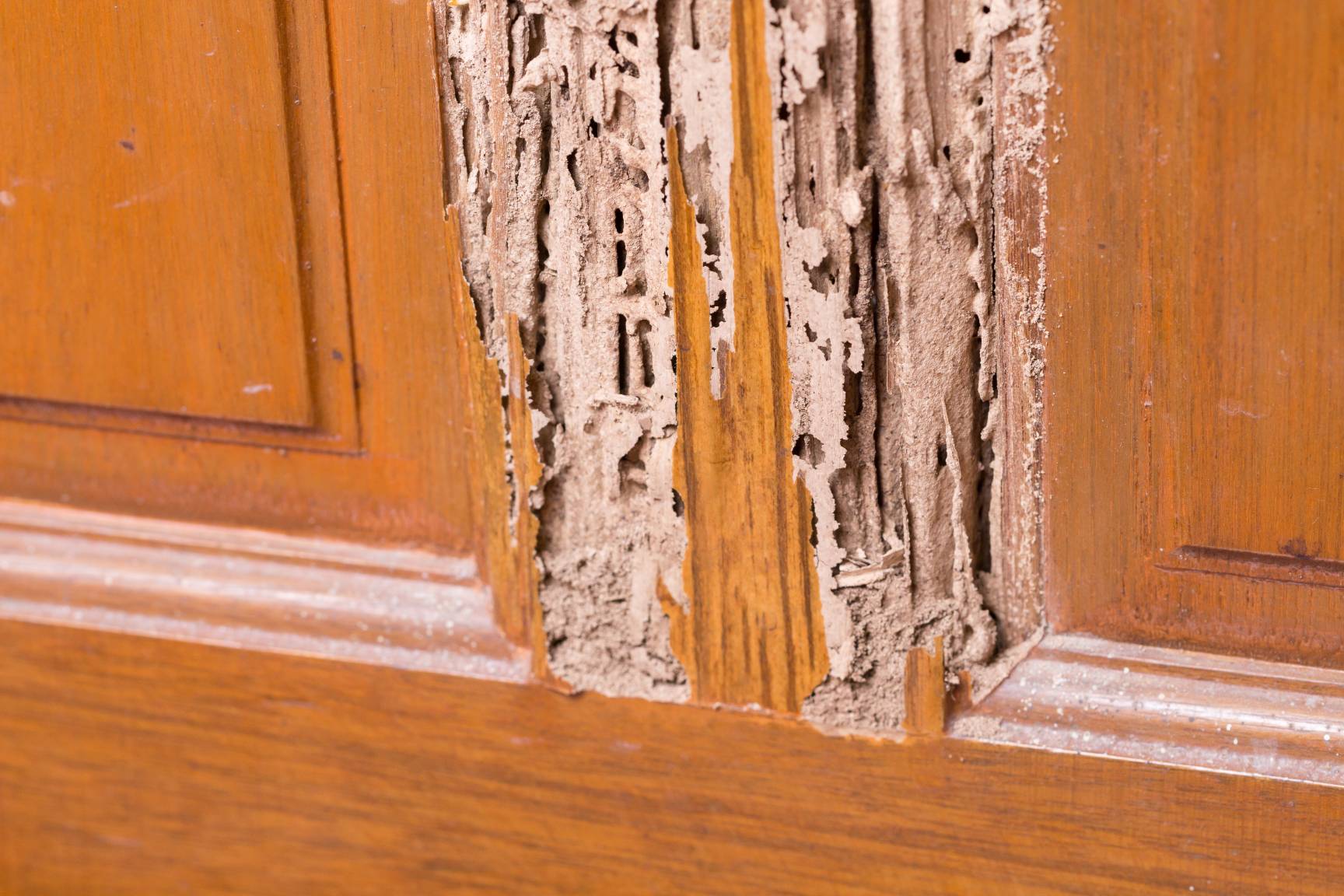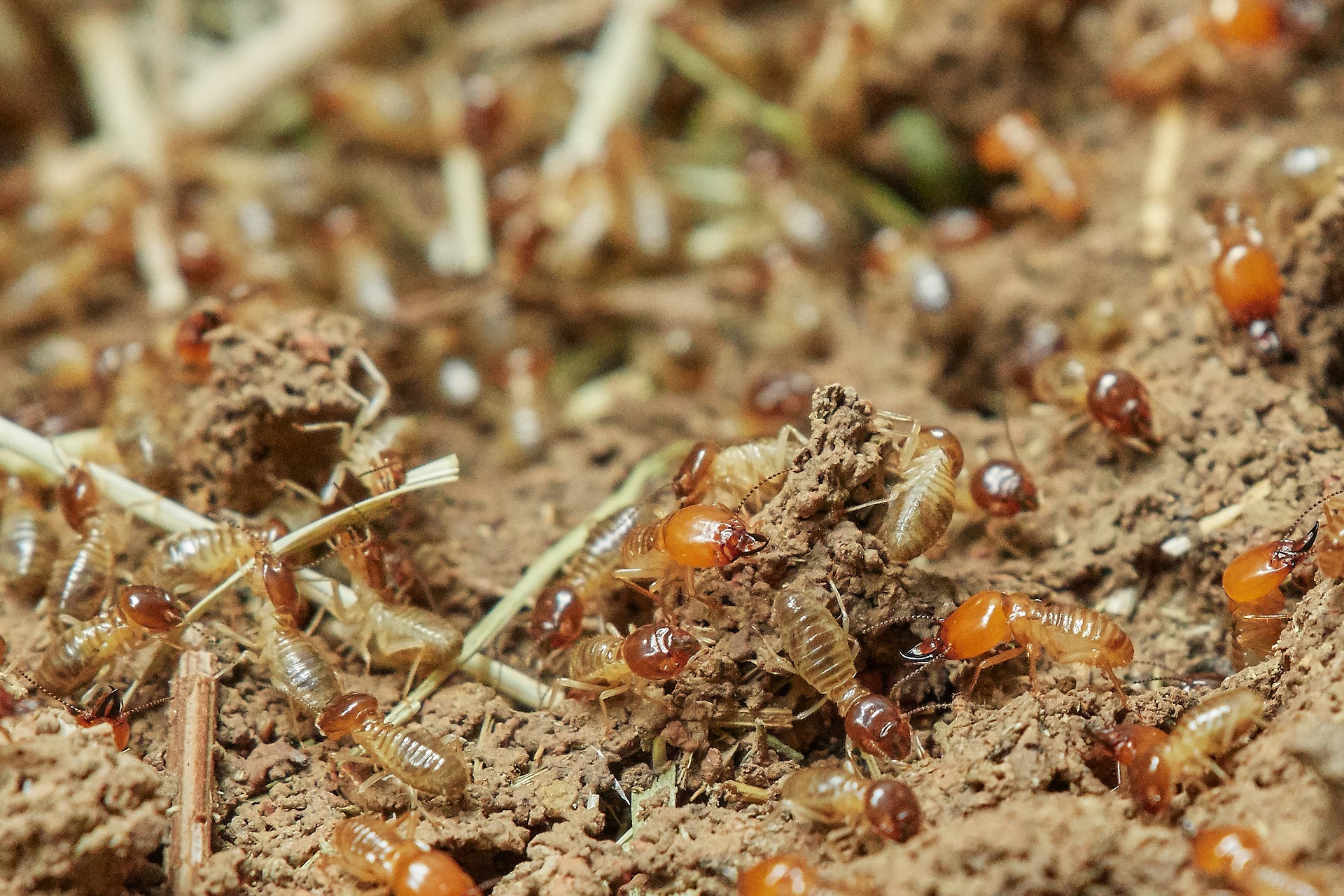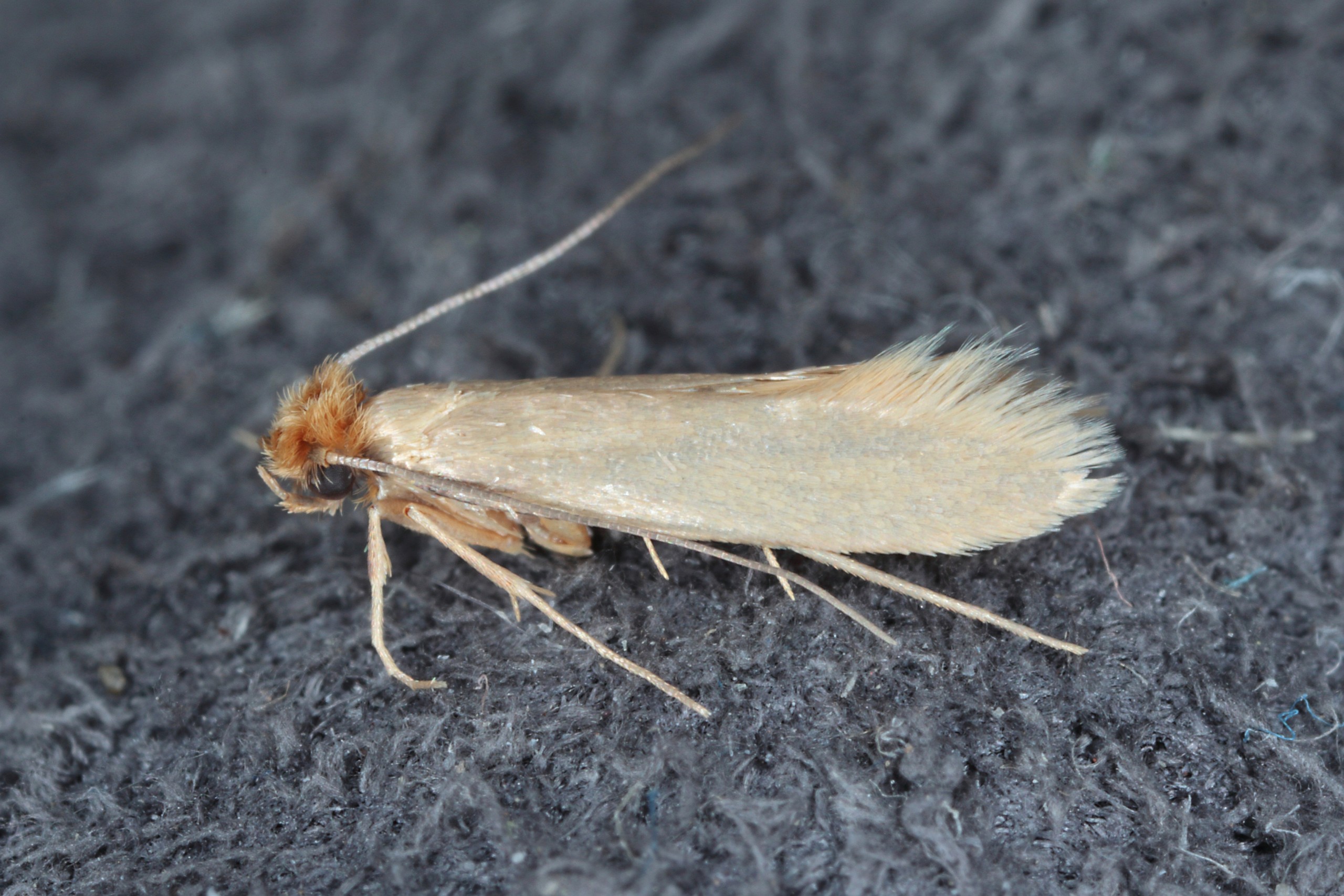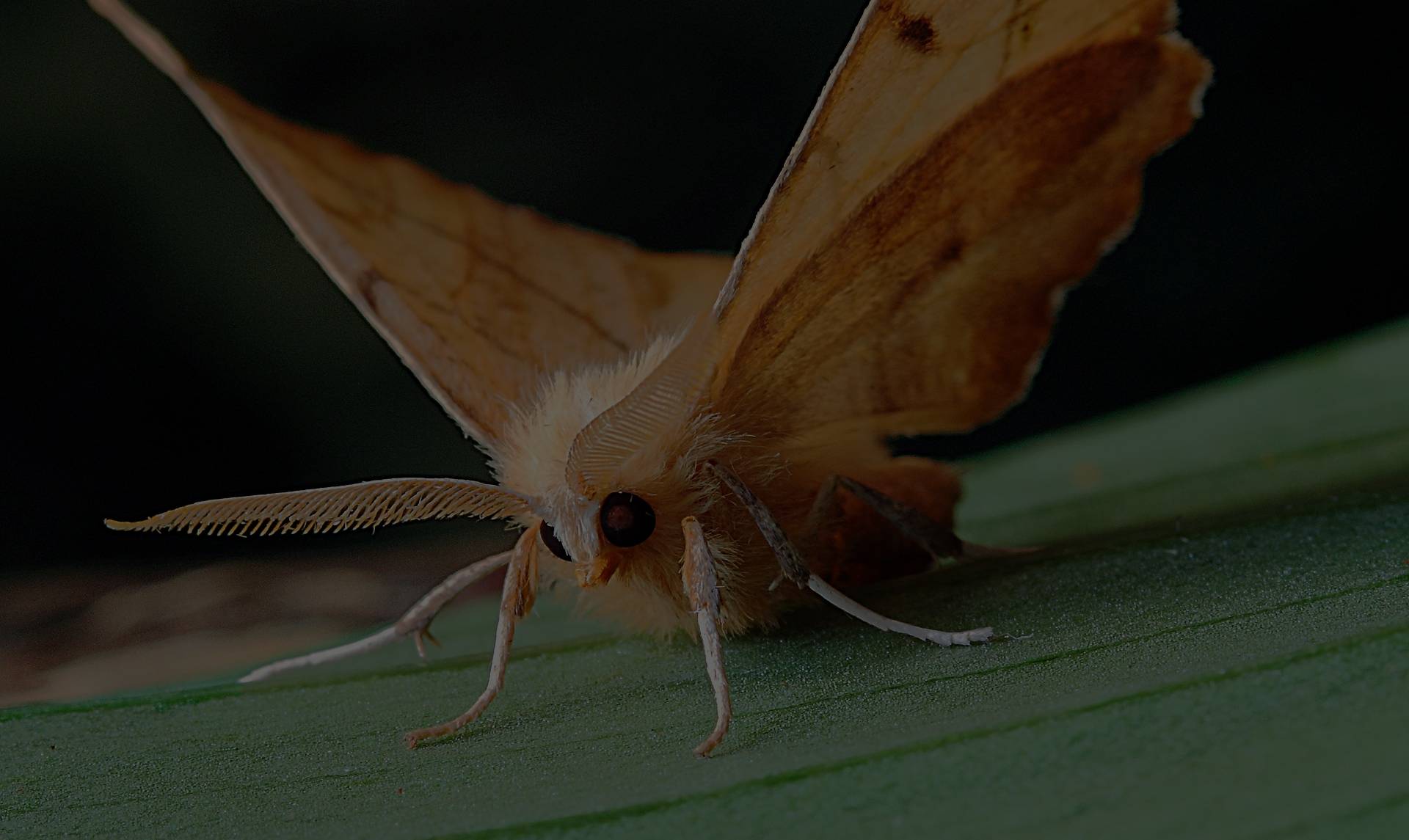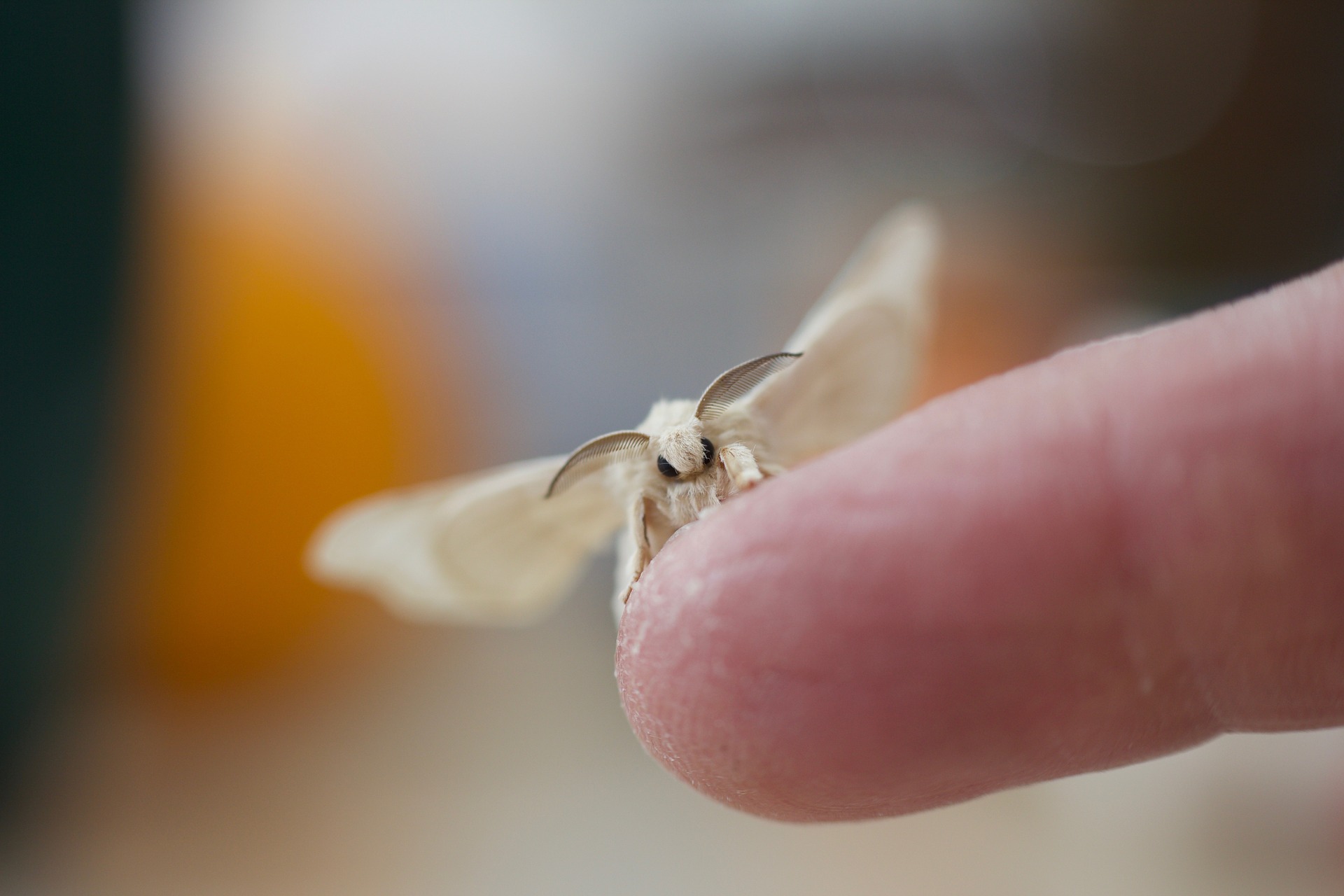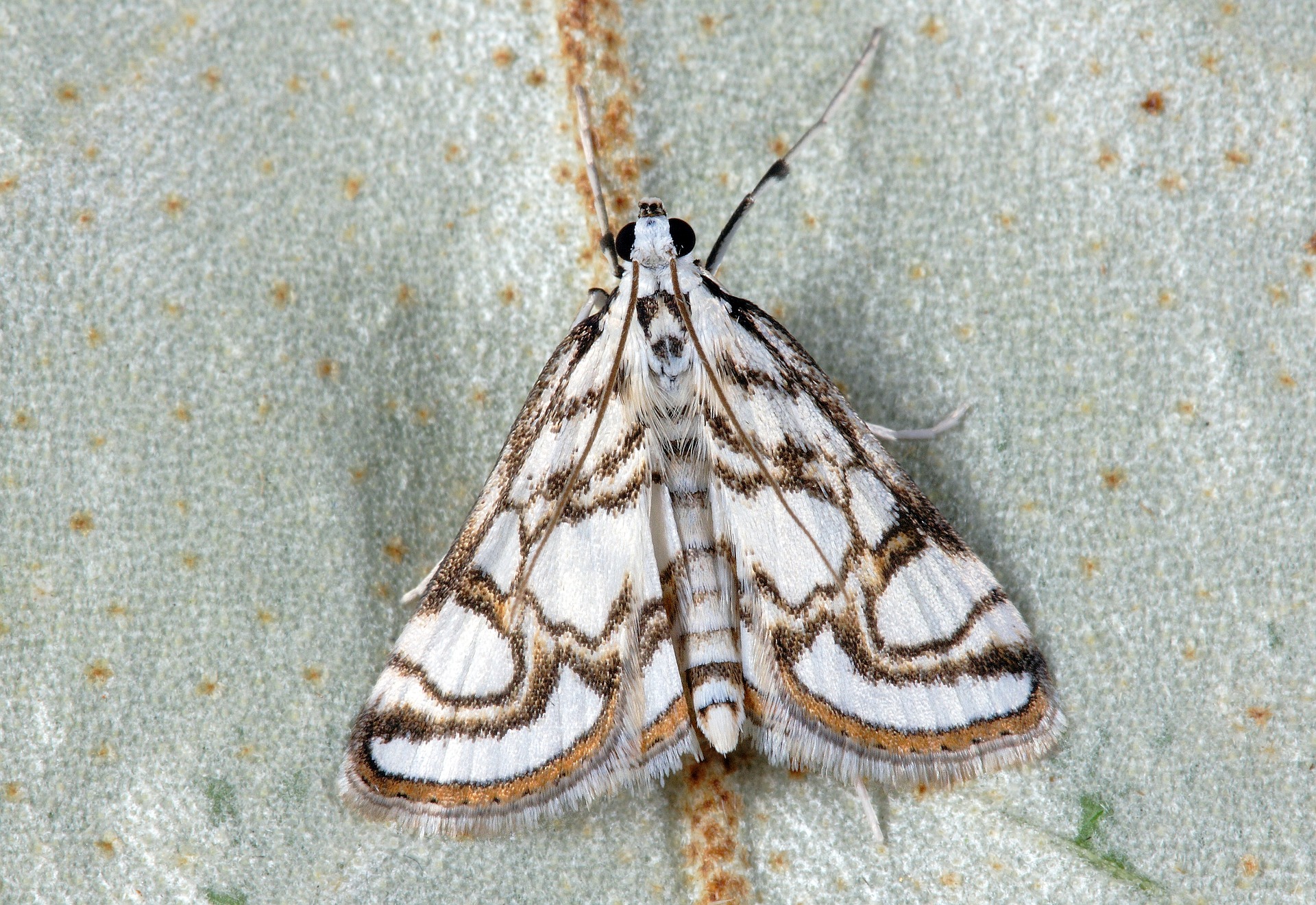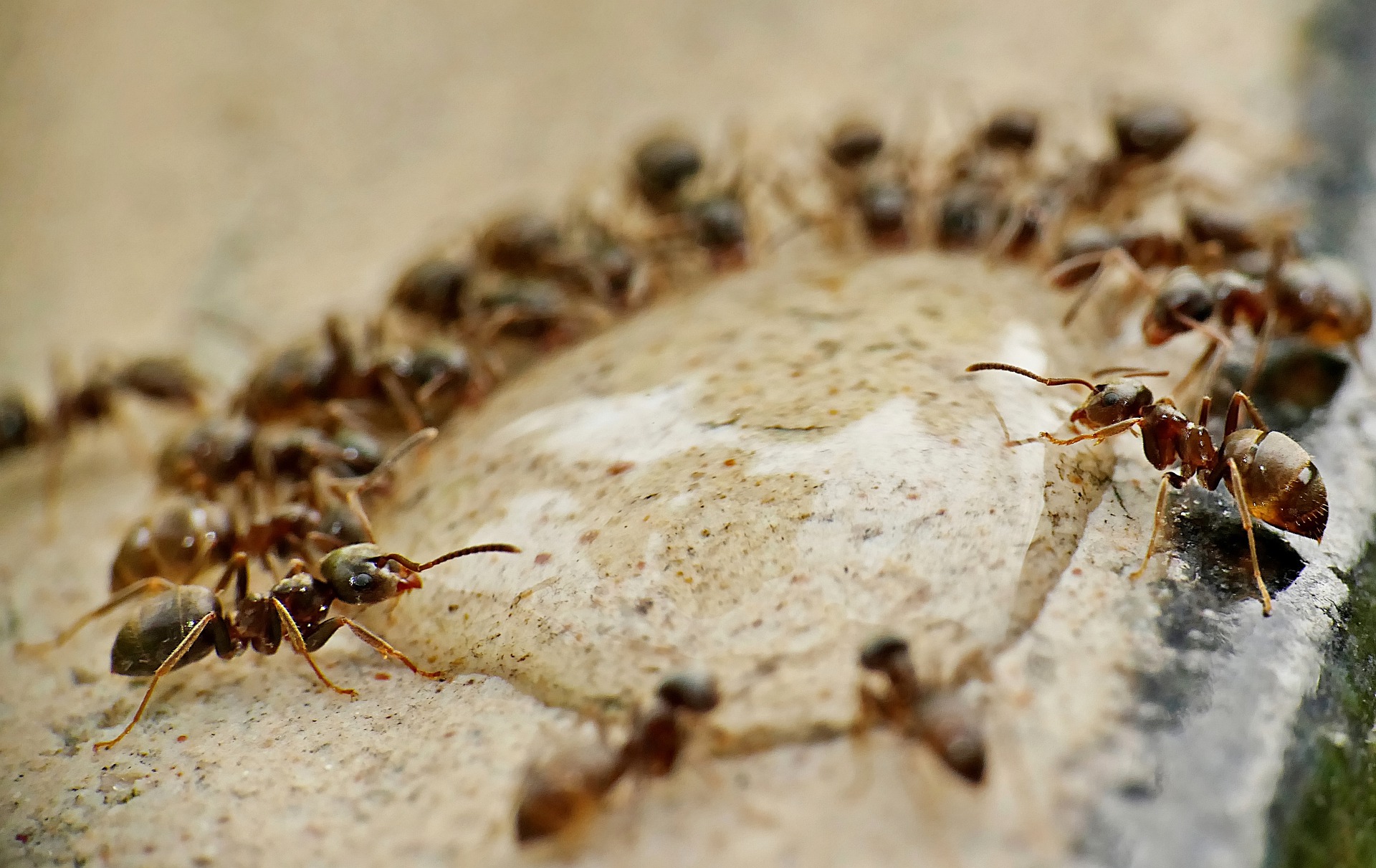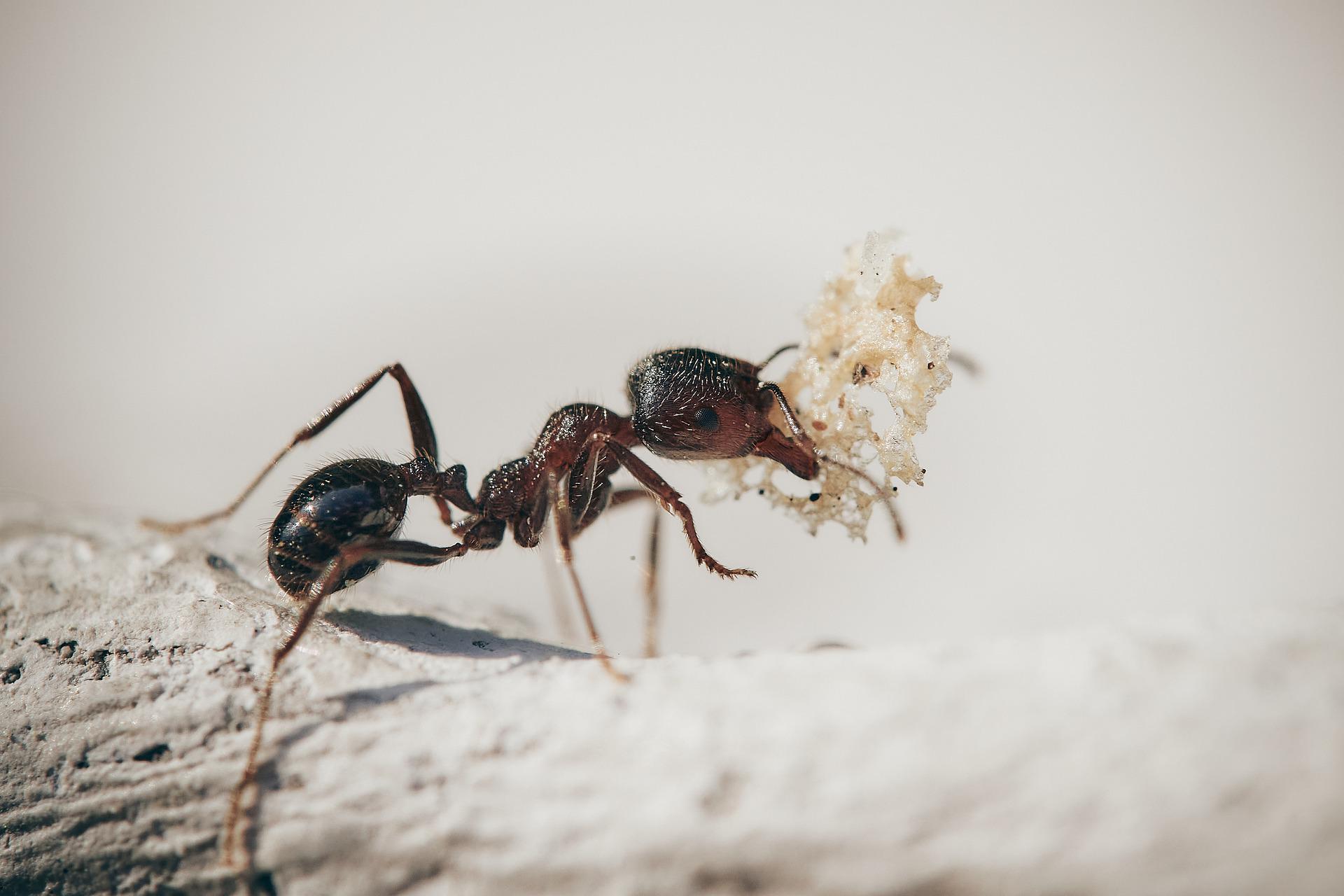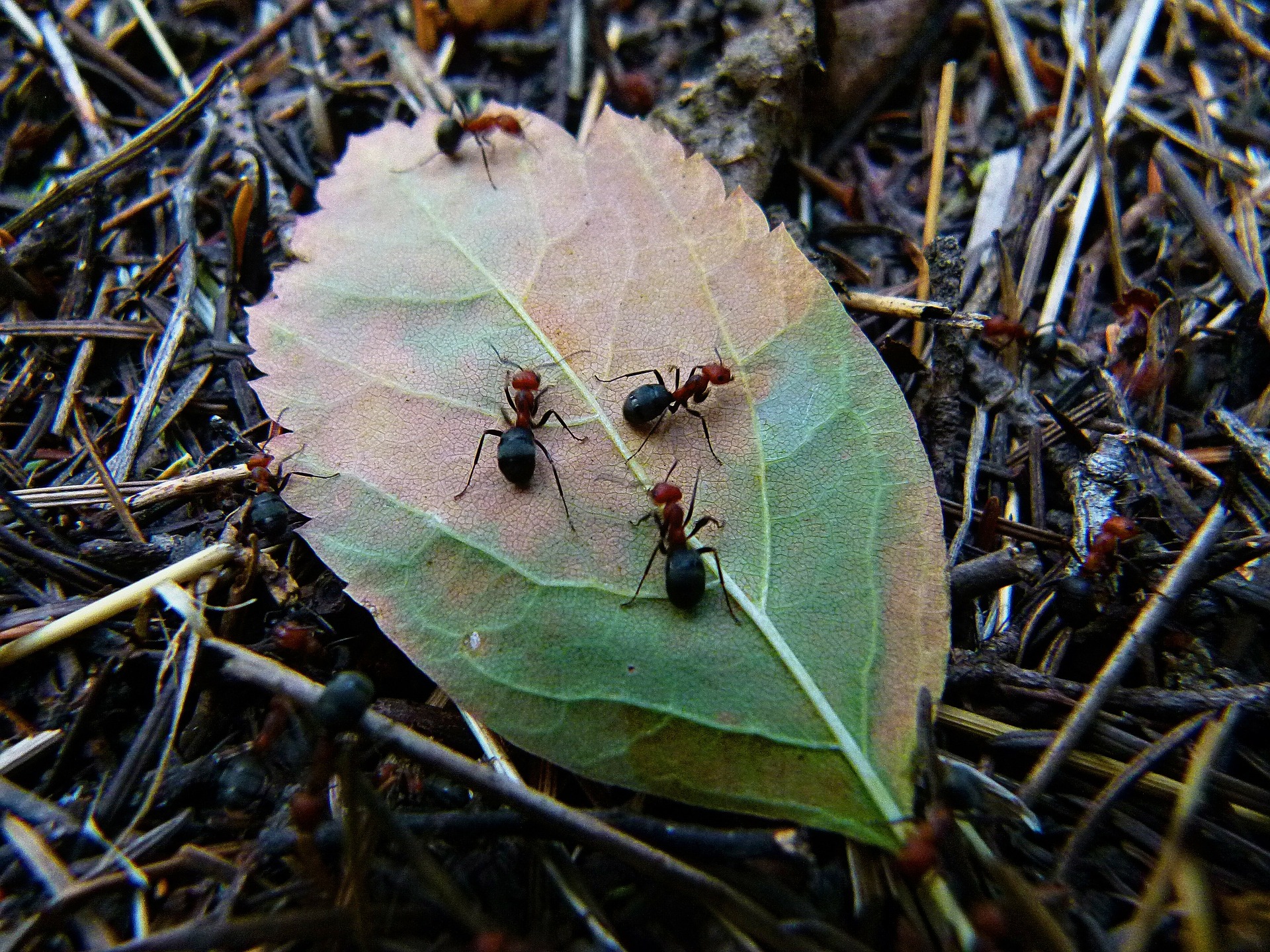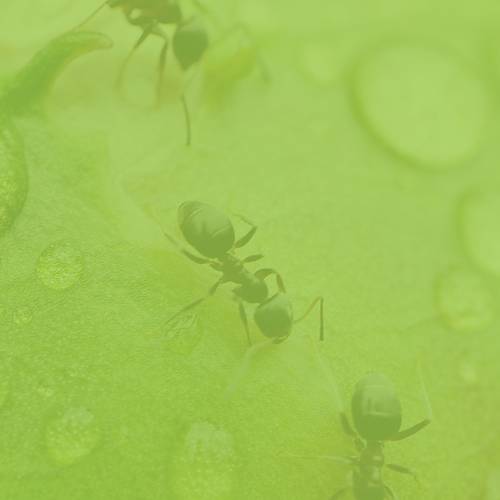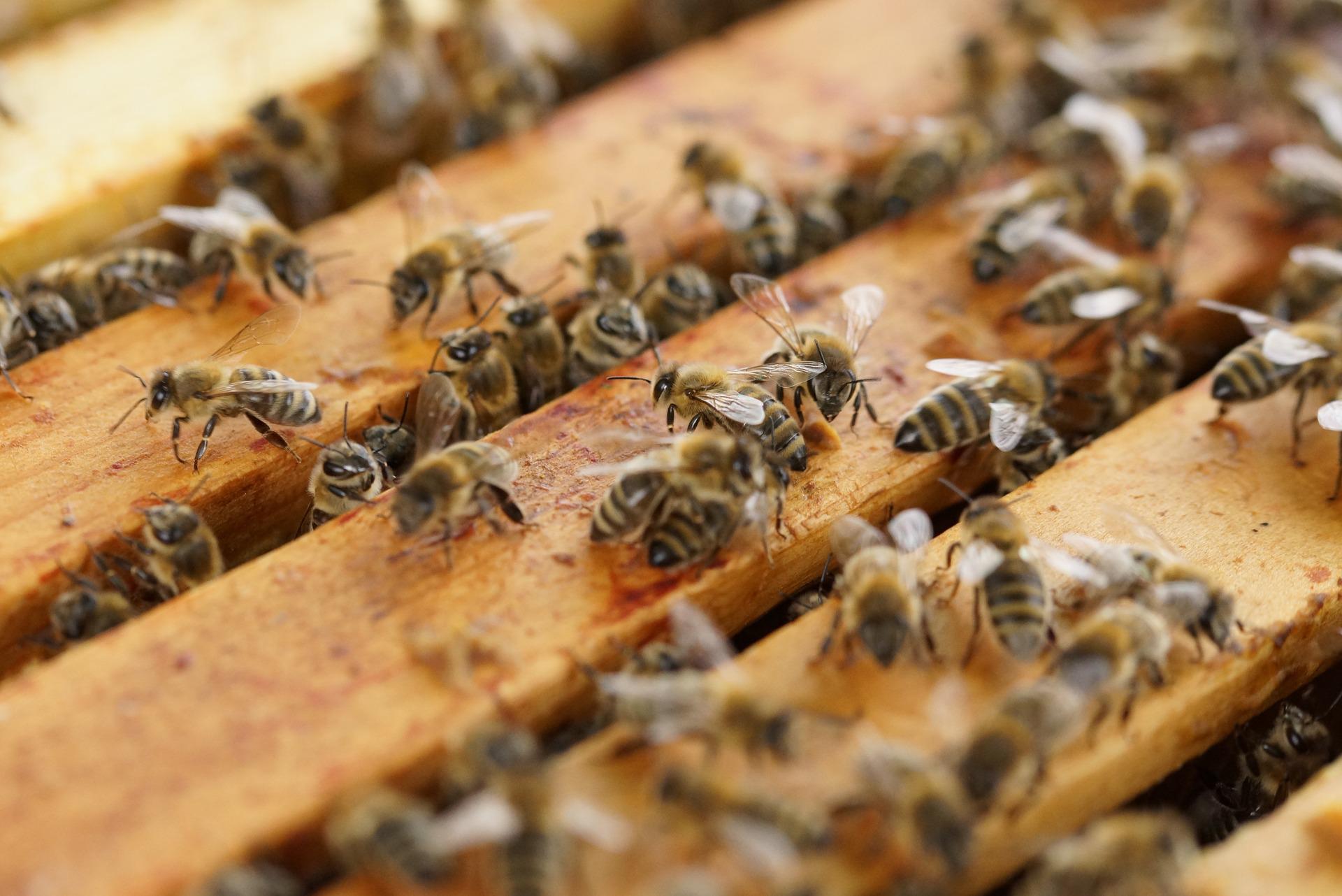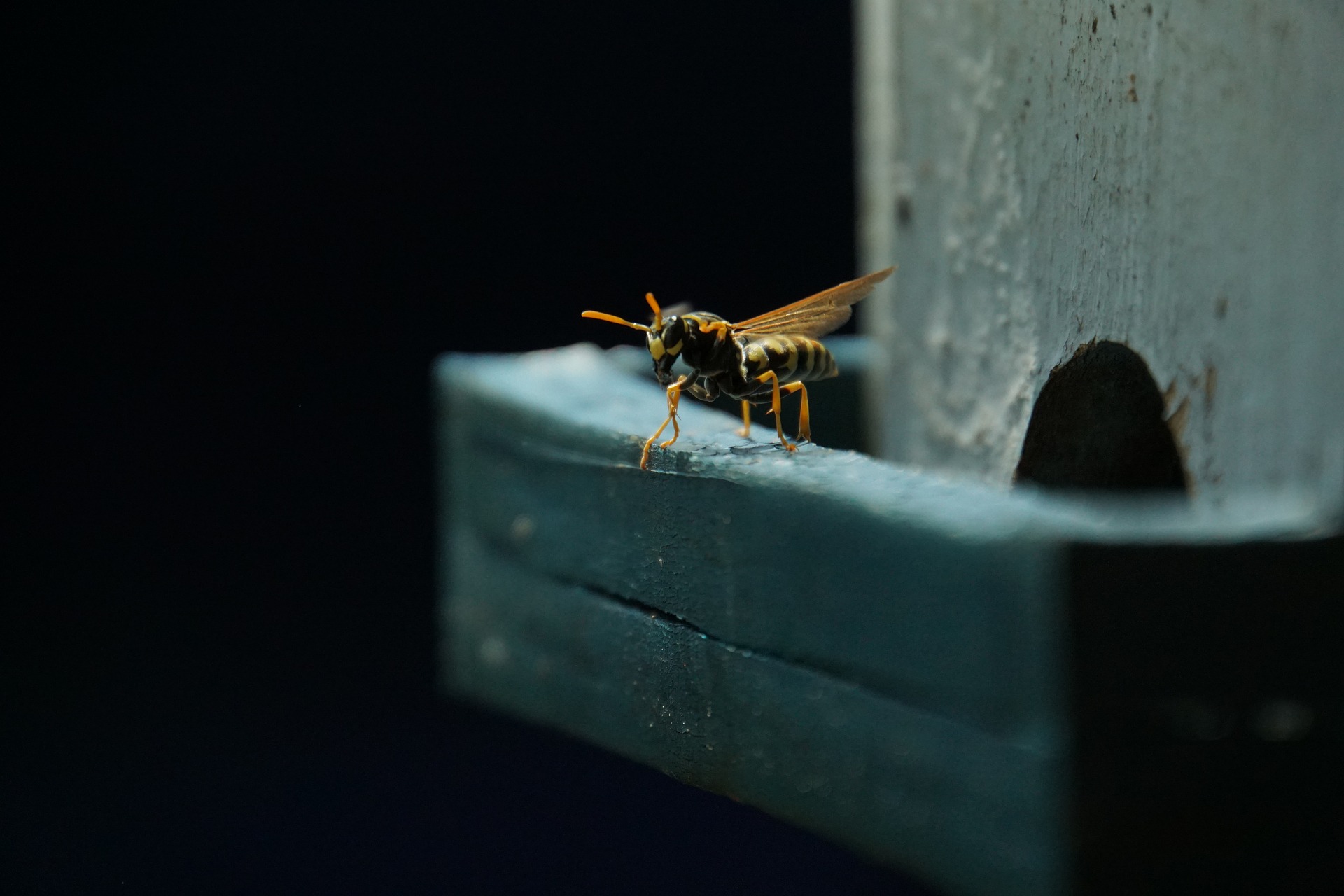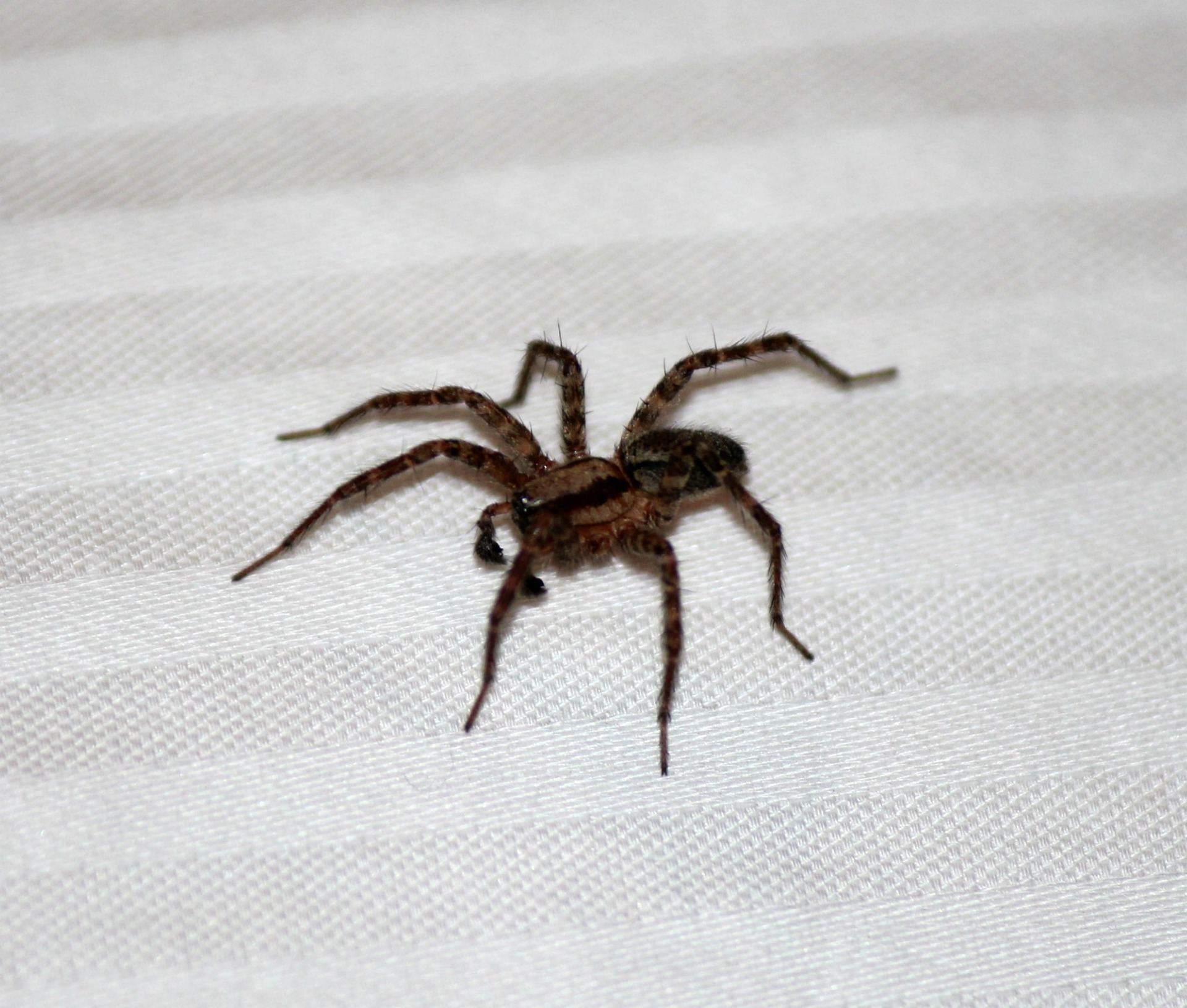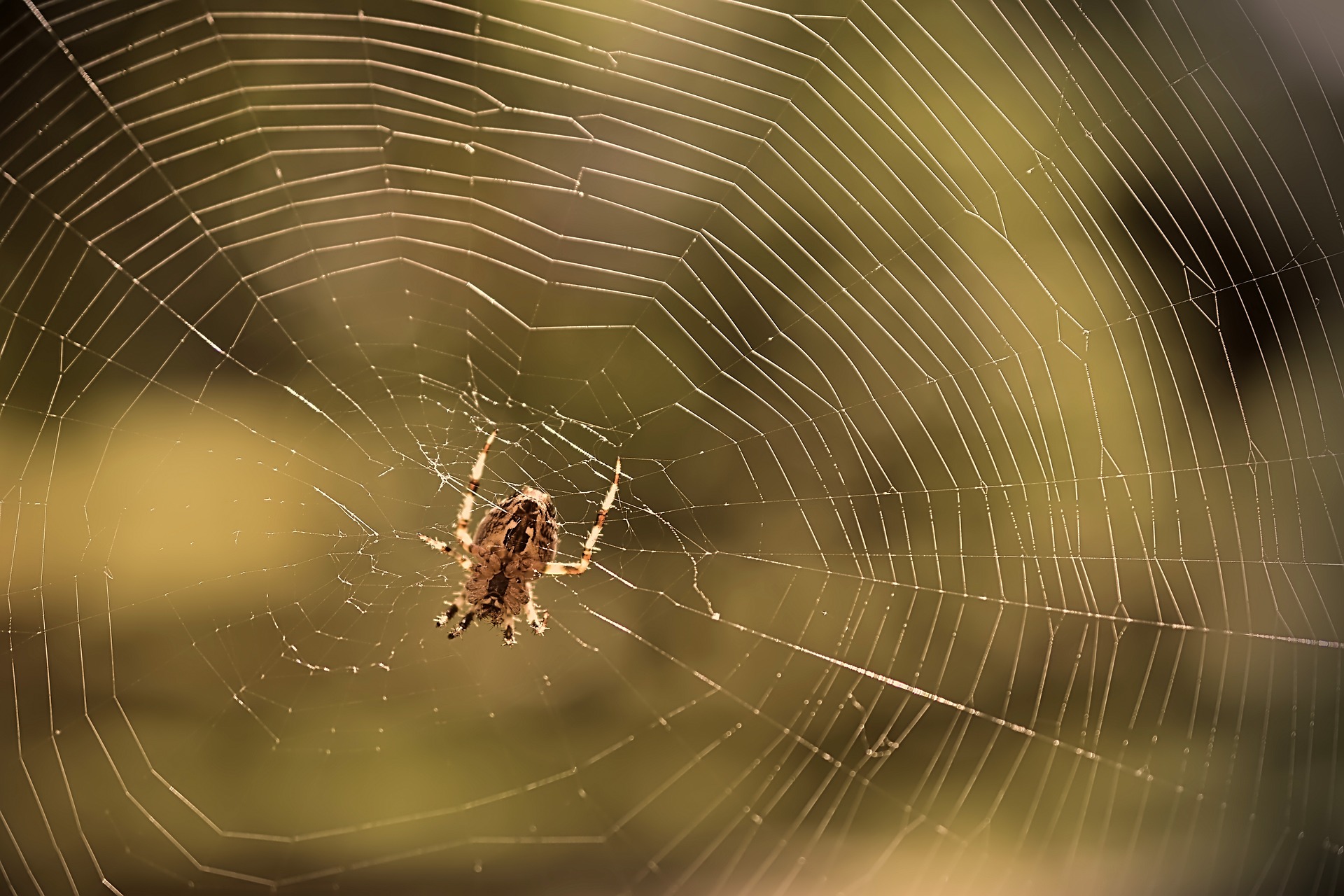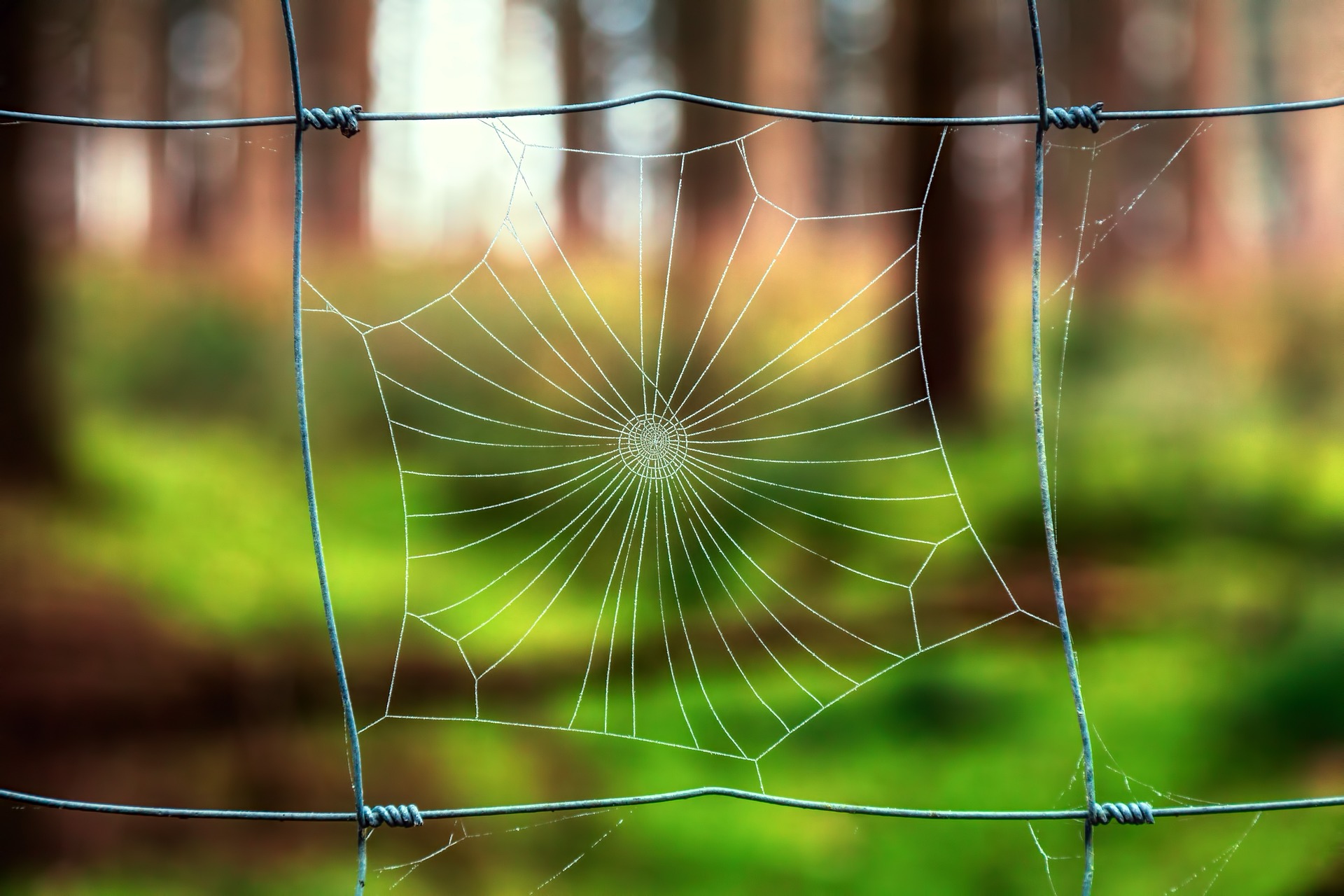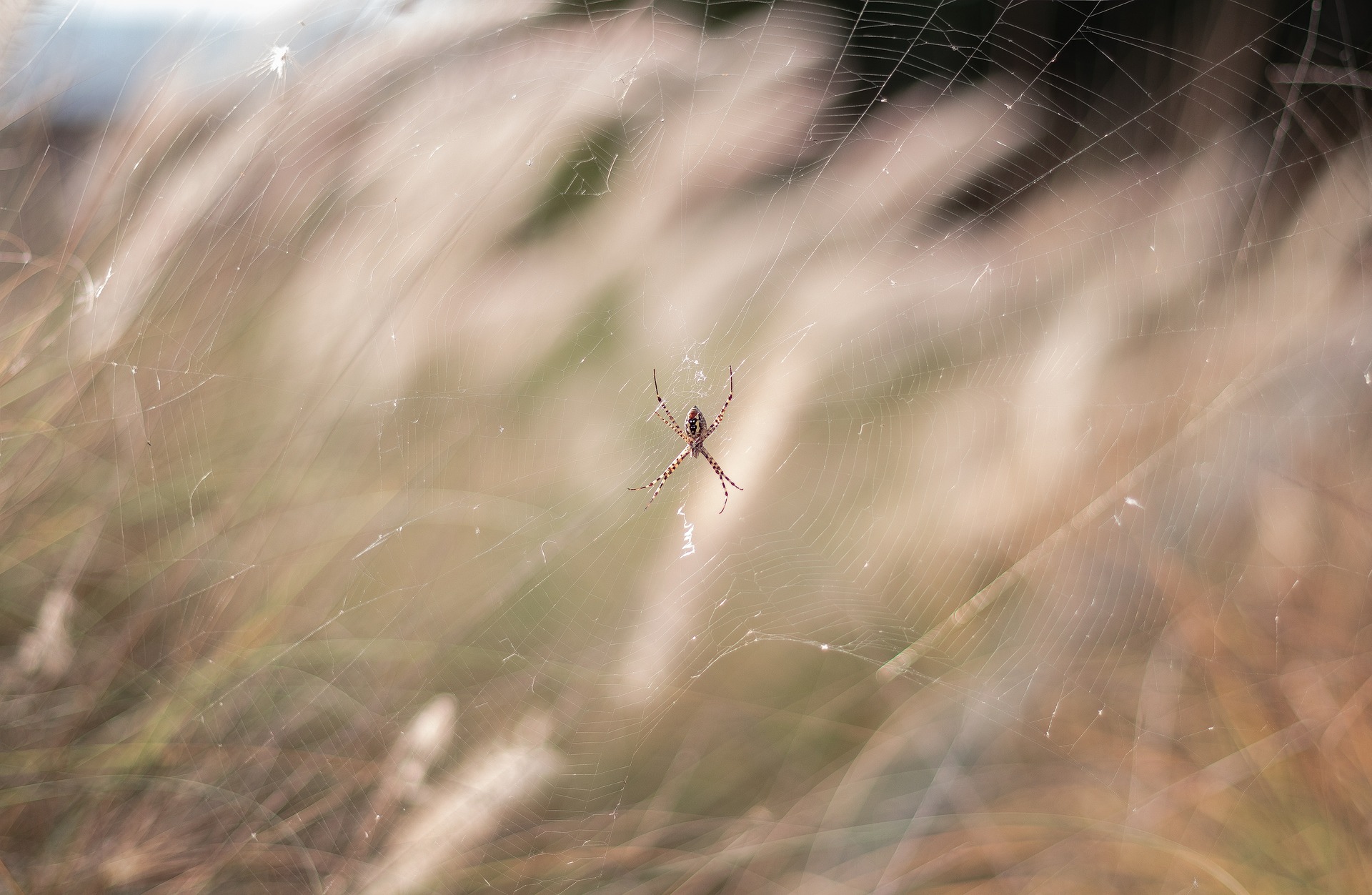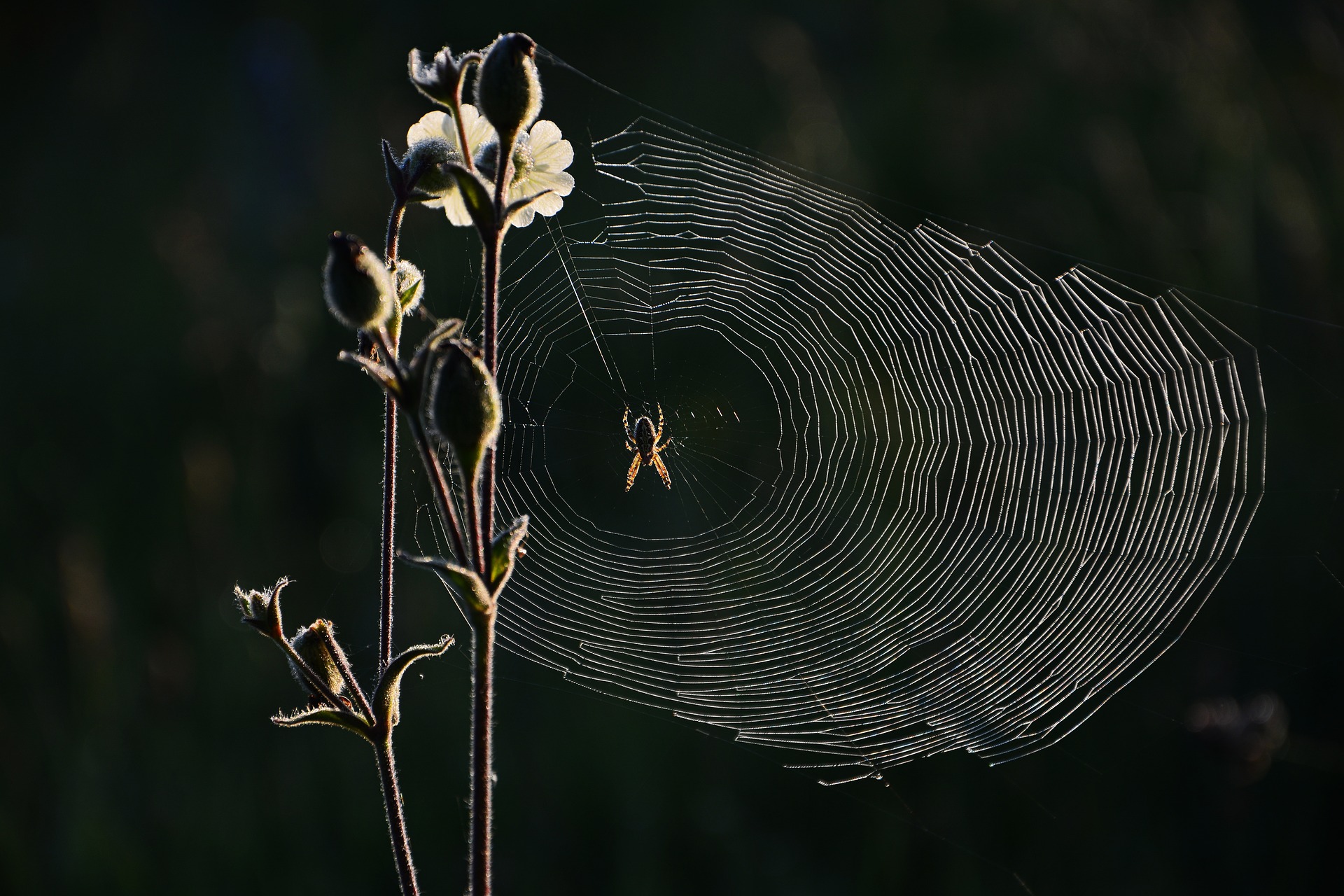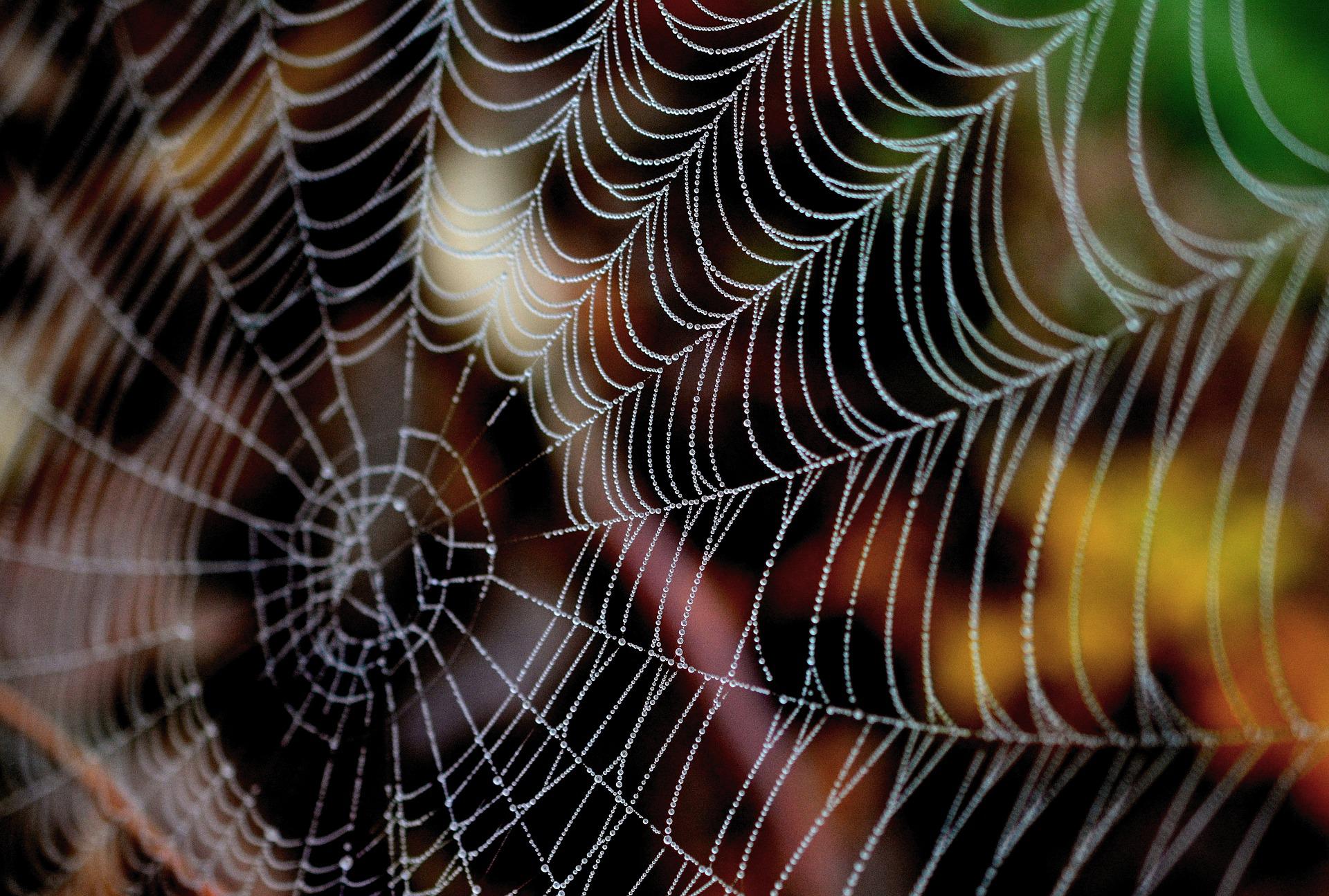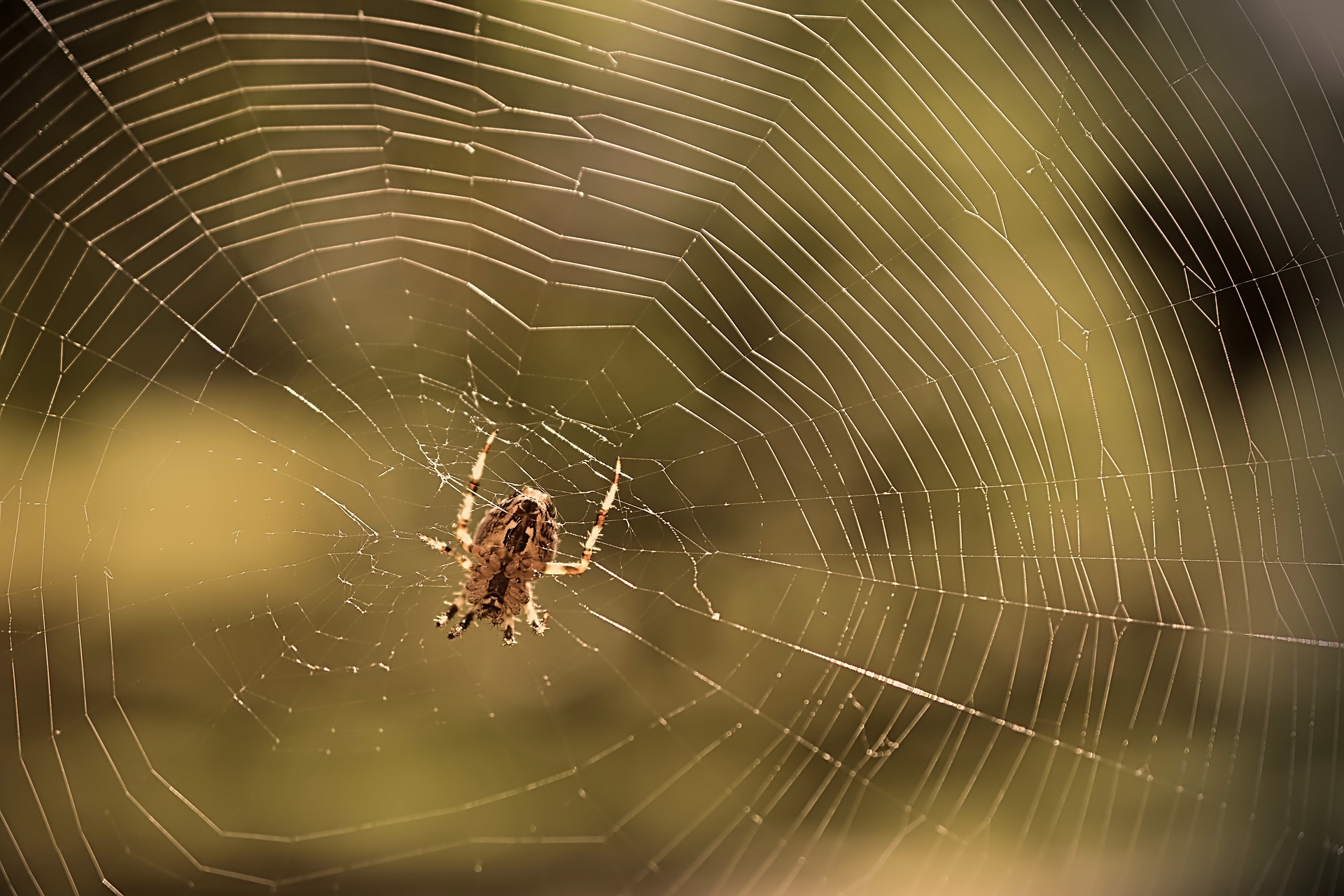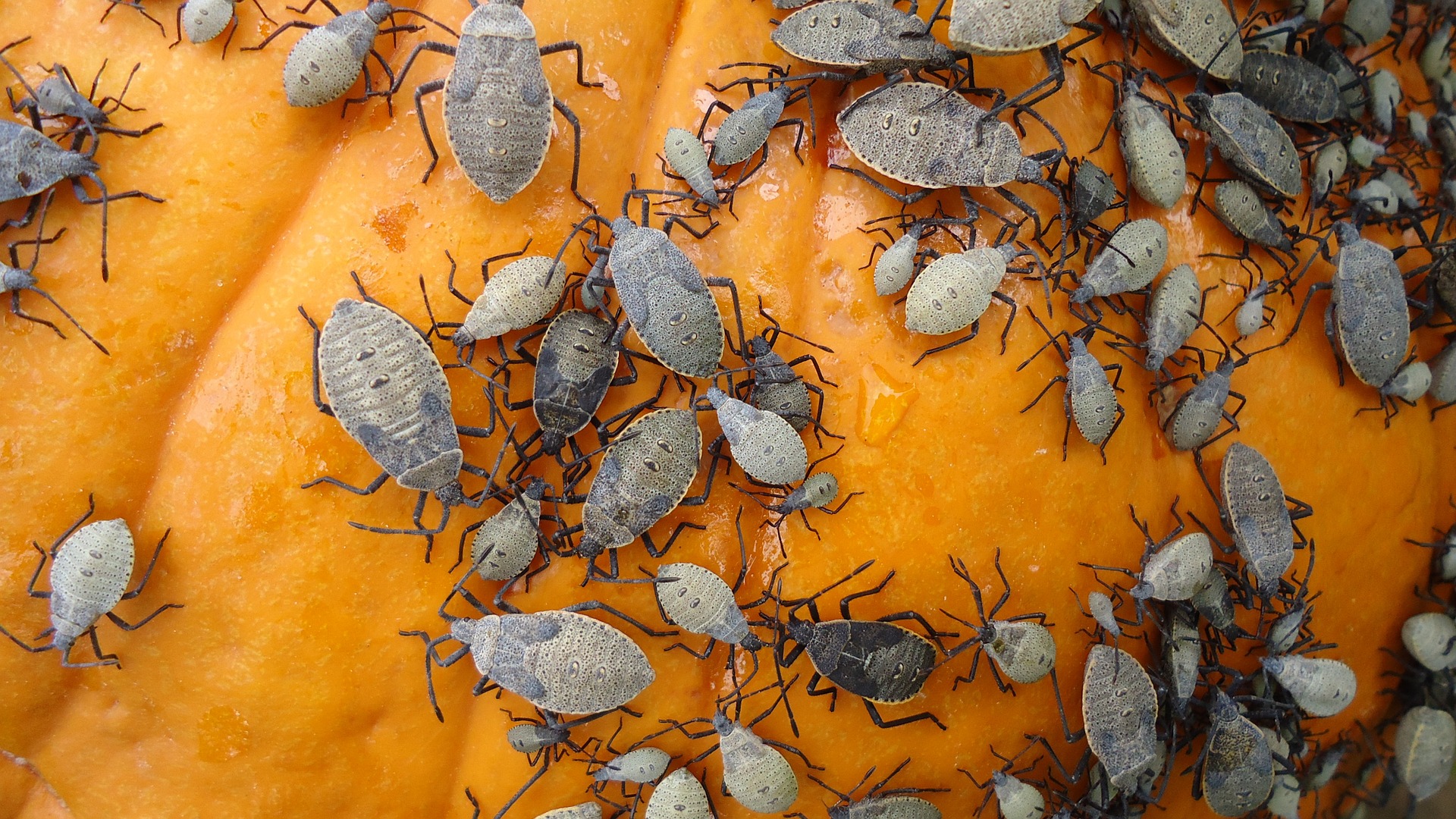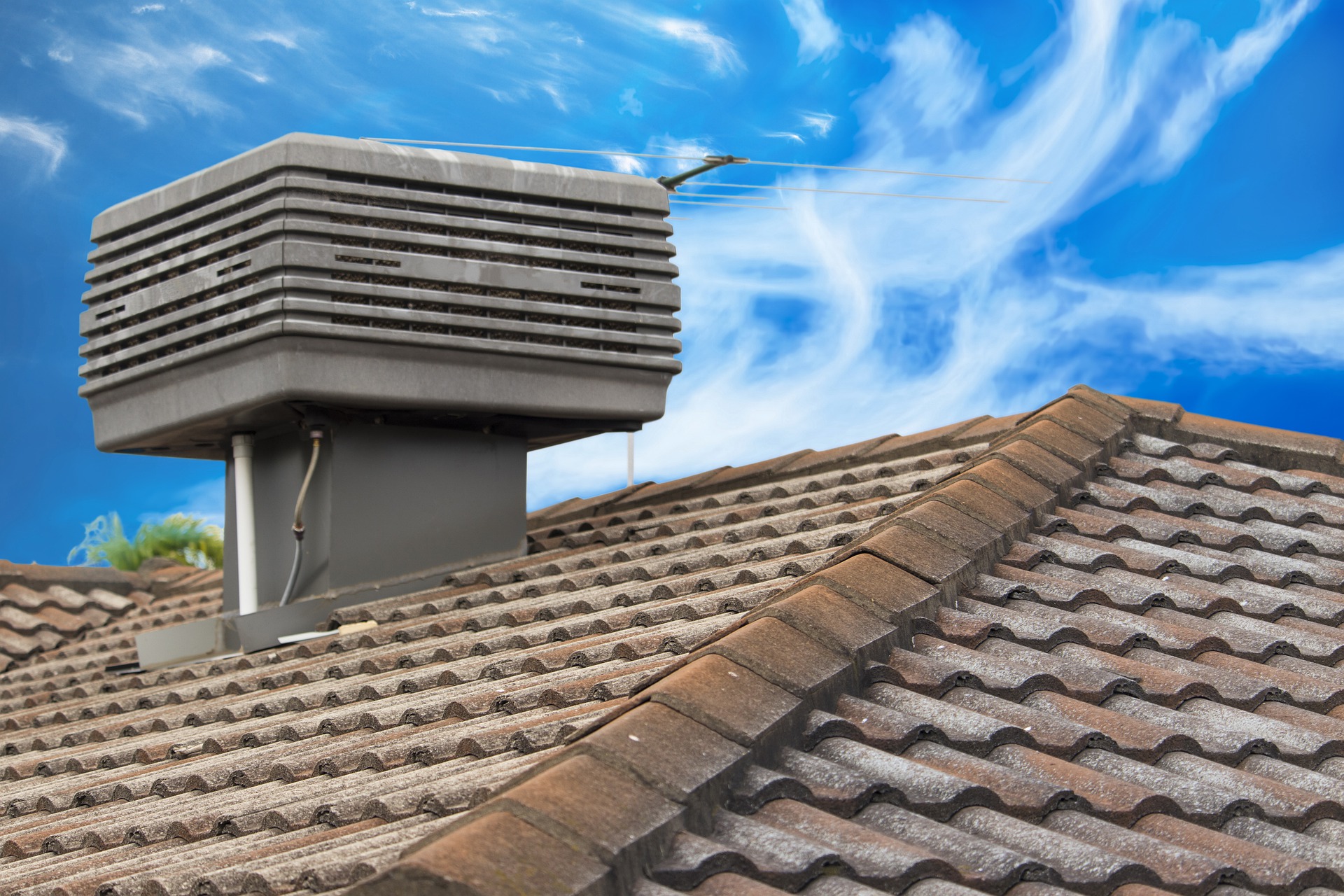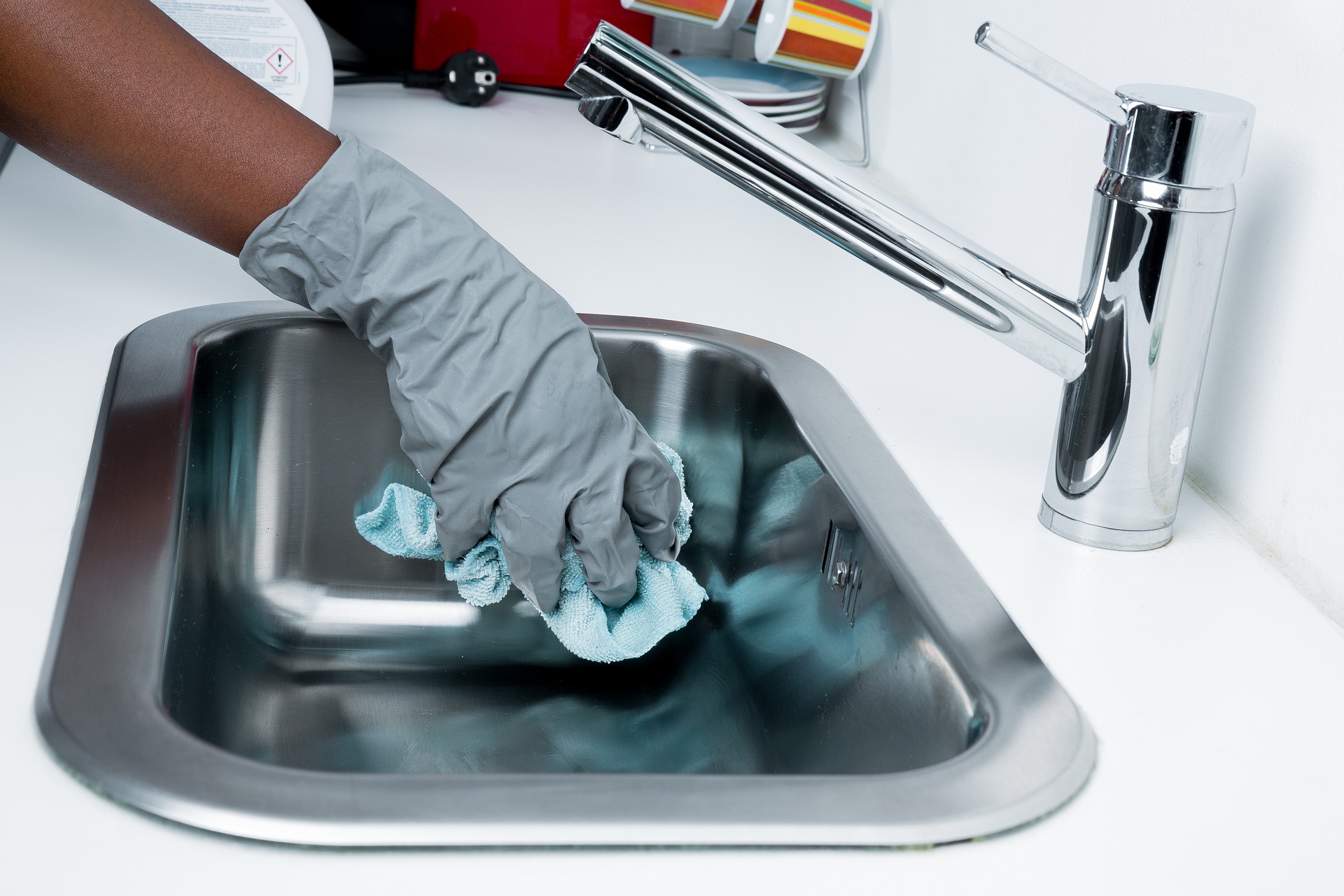Understanding Silverfish Infestation: Identifying the Pesky Pests in Your Home
Silverfish, scientifically known as Lepisma saccharina, are small, wingless insects that are commonly found in homes. These pests are known for their silvery-gray color and fish-like movements, hence the name “silverfish.” While they do not pose any direct harm to humans, silverfish can cause significant damage to books, papers, clothing, and other household items. Understanding the signs of a silverfish infestation is crucial in order to take appropriate action and prevent further damage.
One of the key characteristics of silverfish is their appearance. They have a slender, elongated body with three long bristles at the rear end. Their bodies are covered in scales, giving them a shiny, metallic appearance. Silverfish are typically nocturnal creatures, preferring dark and damp areas such as basements, bathrooms, and kitchens. They are attracted to moisture and can often be found near water sources.
Another way to identify a silverfish infestation is by the presence of their droppings. Silverfish droppings resemble small black pepper-like specks and can often be found near their hiding places. Additionally, silverfish shed their exoskeletons as they grow, leaving behind tiny, translucent skins. These skins can be found in areas where silverfish are active, such as on bookshelves or closets.
Lastly, silverfish are known for their feeding habits. They are attracted to starchy materials such as paper, glue, and clothing. If you notice small holes or irregular damage on books, wallpaper, or clothing, it may be a sign of a silverfish infestation. Taking prompt action is essential to prevent further damage and control the infestation.
Signs of Silverfish Infestation: How to Spot the Unwelcome Guests
Identifying the signs of a silverfish infestation is crucial in order to take appropriate measures to eliminate them. Here are some common signs to look out for:
Silverfish sightings: Spotting silverfish in your home is a clear indication of an infestation. Keep an eye out for their distinctive appearance and fish-like movements, especially during the night when they are most active.
Damage to books and papers: Silverfish are known to feed on paper, books, and other cellulose-based materials. If you notice small holes, irregular chew marks, or yellow stains on your books or important documents, it may be a sign of silverfish activity.
Damage to clothing: Silverfish are attracted to fabrics that contain starch or cellulose, such as cotton or linen. If you find small holes or yellow stains on your clothing, it could be a result of silverfish feeding.
Droppings and exoskeletons: Silverfish droppings resemble small black pepper-like specks and can often be found near their hiding places. Additionally, their translucent exoskeletons can be found in areas where silverfish are active.
By being vigilant and actively looking for these signs, you can quickly identify a silverfish infestation and take appropriate action to eliminate it.
Battling Silverfish: Effective Strategies to Get Rid of Them
Once you have identified a silverfish infestation, it is important to take immediate action to eliminate these pests. Here are some effective strategies to get rid of silverfish:
Reduce moisture: Silverfish thrive in damp environments, so reducing moisture levels in your home is crucial. Fix any leaks, improve ventilation, and use dehumidifiers in areas prone to high humidity, such as basements and bathrooms.
Remove food sources: Silverfish are attracted to starchy materials, so it is important to remove their food sources. Store food items in airtight containers, keep your pantry clean and organized, and regularly vacuum and dust areas where silverfish are likely to hide.
Seal entry points: Silverfish can enter your home through small cracks and gaps. Seal any entry points, such as gaps around windows and doors, to prevent silverfish from entering your home.
Use natural repellents: There are several natural repellents that can help deter silverfish. Some options include using cedar shavings, cinnamon sticks, or essential oils such as lavender or citrus. Place these repellents in areas where silverfish are likely to hide.
Chemical treatments: If the infestation is severe, you may need to use chemical treatments. There are various insecticides available specifically designed to target silverfish. However, it is important to follow the instructions carefully and consider seeking professional help if needed.
By implementing these strategies, you can effectively eliminate silverfish from your home and prevent further damage.
Preventing Future Silverfish Infestations: Tips for Long-Term Control
Preventing future silverfish infestations is essential to ensure long-term control. Here are some tips to keep silverfish at bay:
Regular cleaning: Regularly vacuum and dust your home, paying special attention to areas where silverfish are likely to hide, such as bookshelves, closets, and basements. This will help remove any potential food sources and reduce the chances of an infestation.
Proper storage: Store books, papers, and clothing in airtight containers or plastic bags to prevent silverfish from accessing them. This will also protect your belongings from potential damage.
Maintain low humidity: Silverfish thrive in high-humidity environments, so it is important to maintain low humidity levels in your home. Use dehumidifiers, fix any leaks, and improve ventilation to reduce moisture.
Regular inspections: Conduct regular inspections of your home to identify any potential entry points for silverfish. Seal any cracks or gaps and ensure windows and doors are properly sealed.
Professional pest control: If you are unable to control the infestation on your own or if the problem persists, it may be necessary to seek professional pest control services. Pest control professionals have the expertise and tools to effectively eliminate silverfish and provide long-term prevention strategies.
By following these preventive measures, you can significantly reduce the risk of future silverfish infestations and maintain a pest-free home.
In conclusion, silverfish infestations can be a nuisance and cause damage to your belongings. By understanding the signs of a silverfish infestation, such as their appearance, droppings, and feeding habits, you can quickly identify the problem. Taking immediate action and implementing effective strategies, such as reducing moisture, removing food sources, sealing entry points, and using natural or chemical treatments, can help eliminate silverfish from your home. Additionally, adopting preventive measures, such as regular cleaning, proper storage, maintaining low humidity, conducting inspections, and seeking professional pest control if needed, can help prevent future infestations. By being proactive and vigilant, you can successfully combat silverfish and maintain a pest-free environment in your home.

